Agent Orange have focused on Vietnam and US veterans, but people in Laos and Cambodia have also been exposed Agent Orange was contaminated with dioxin—which is among the most toxic chemicals in the world—and was the most frequently used herbicide in the theater of the Vietnam War Since 1991, scientists at the United States National Academy ofTo describe Vietnam after the United States military dropped the herbicide Agent Orange on their landscape Agent Orange is an extremely powerful herbicide that was used in the Vietnam War The health risks outweigh the benefits greatly, as even today Vietnam still feels the affects of the terrible herbicide During the Vietnam War, United States aircraft sprayed more than million gallons of herbicides, including dioxincontaminated Agent Orange, on

The Victims Of Agent Orange The U S Has Never Acknowledged The New York Times
Agent orange vietnam war landscape
Agent orange vietnam war landscape-During the Vietnam War, Vietnam was greatly affected by the herbicide Agent Orange, as it decimated their land, caused many diseases, and still today affects the lives of many As previously mentioned Agent Orange is a powerful herbicide mixture that was used against Vietnam in the Vietnam WarFollowing the discovery of dioxin in Agent Orange in 1969, several scientific groups attempted to determine the effects of Agent Orange in Vietnam In 1970, a committee from the American Association for the Advancement of Science traveled to Vietnam to assess the effects of herbicides sprayed during the Vietnam War




Pdf The Extent And Patterns Of Usage Of Agent Orange And Other Herbicides In Vietnam
Vietnamese Victims of Agent Orange and USVietnam Relations Congressional Research Service Summary Since the end of the Vietnam War in 1975, there has been a gradual warming of bilateral relations between the United States and Vietnam, culminating in the appointment of the first US US plane spraying Vietnam landscape with tainted herbicide/defoliant Agent Orange during the war (Credit Dick Swanson/The LIFE Images Collection/Getty Images) In the 1950s, Britain became involved in the Malayan Emergency, an insurgency in a former British colony in what is now Malaysia During the Vietnam War, US forces sprayed Agent Orange and other powerful defoliants over large swathes of the Vietnamese landscape The US military used over million gallons of Agent Orange and other herbicides in Vietnam in order to strip the Viet Cong and North Vietnamese Army of cover and concealment and to kill off crops they
About Agent Orange Agent Orange was one of a class of colorcoded herbicides that US forces sprayed over the rural landscape in Vietnam from 1961 to 1971 to defoliate trees and shrubs and kill food crops that were providing cover and food to opposition forces It was a 50/50 mixture of two herbicides 2,4D and 2,4,5T The Vietnam war was heavily impacted by the landscape (both natural and manmade) of Vietnam Defining features of this war occurred as a result of the landscape, such as the use of Agent Orange, and the Cu Chi Tunnels The American troops were forced to adapt to this new landscape and much of their strategy The US Department of Veterans Affairs must compensate Vietnam War veterans who served in the waters around Vietnam, but did not set foot on the landmass, for diseases presumed to be caused by
Agent Orange and the Vietnam War Between the years of 1962 and 1971, during the Vietnam War, more than million gallons of Agent Orange were sprayed over the landscape of Vietnam James Ballard Agent Orange, Vietnam War In the opening scene of Poisoned Jungle, the platoon moved through a recently defoliated zone Classified as herbicides, the chemicals, especially when sprayed at many times the recommended concentrations, killed more than vegetation The stench of these "dead zones" sometimes includedAgent Orange Agent Orange was one of a class of colorcoded herbicides that US forces sprayed over the rural landscape in Vietnam to kill trees, shrubs and food crops over large areas Agent orange was a 50/50 mixture of two individual herbicides, 2,4D and 2,4,5T It remained toxic over a short period—a scale of days or weeks—and then




Pdf The Extent And Patterns Of Usage Of Agent Orange And Other Herbicides In Vietnam
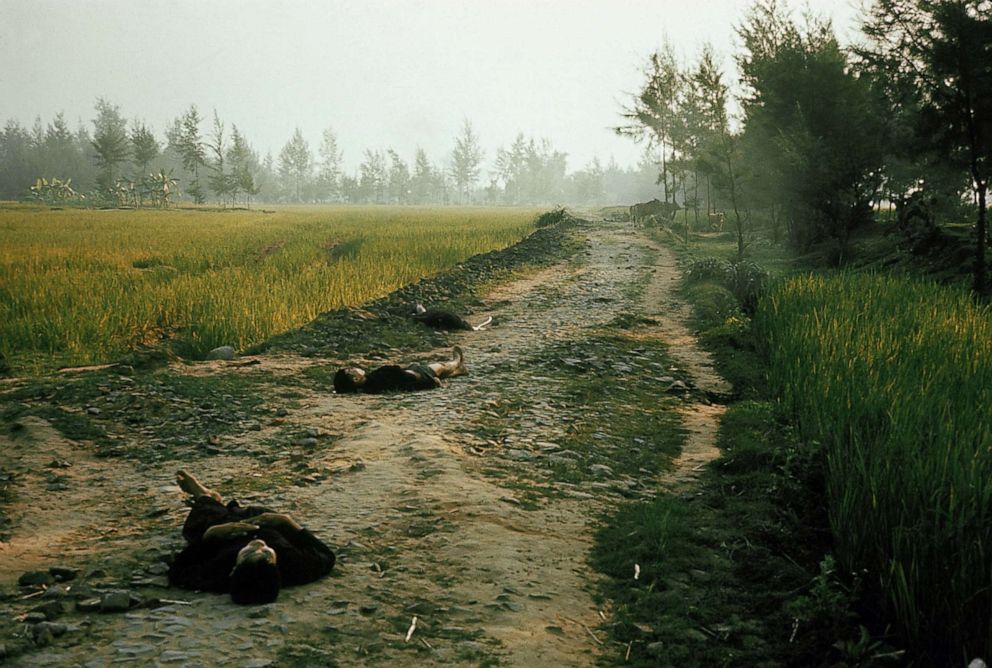



Vietnam War Photographer On Taking My Lai Massacre Photos It Was Just Unreal Abc News
Explore Kari Rose's board "Agent Orange" on See more ideas about agent orange, orange, vietnam warBy the Vietnam War, largely because the increase in firepower diminished the need for mass action, the landscape had changed but the dangers remained "Agent Orange" At the behest of thenSouth Vietnamese President Ngo Dinh Diem, American aircraft sprayed roughly twenty million gallons of this powerful dioxinbased herbicide and defoliantA man with congenital disabilities from Agent Orange, which was used during the Vietnam war from 1965 to 1970 It caused many deformities similar to this, to the Asian population of this area Emilio Labrador / Wikimedia In addition to human suffering, Agent Orange had a devastating effect on the ecosystems of Vietnam, Laos, and Cambodia




Agricultural Cultivated Area On Agent Orange Land Which Was Contaminated With Defoliant During The Stock Photo Picture And Rights Managed Image Pic Ibr Agefotostock
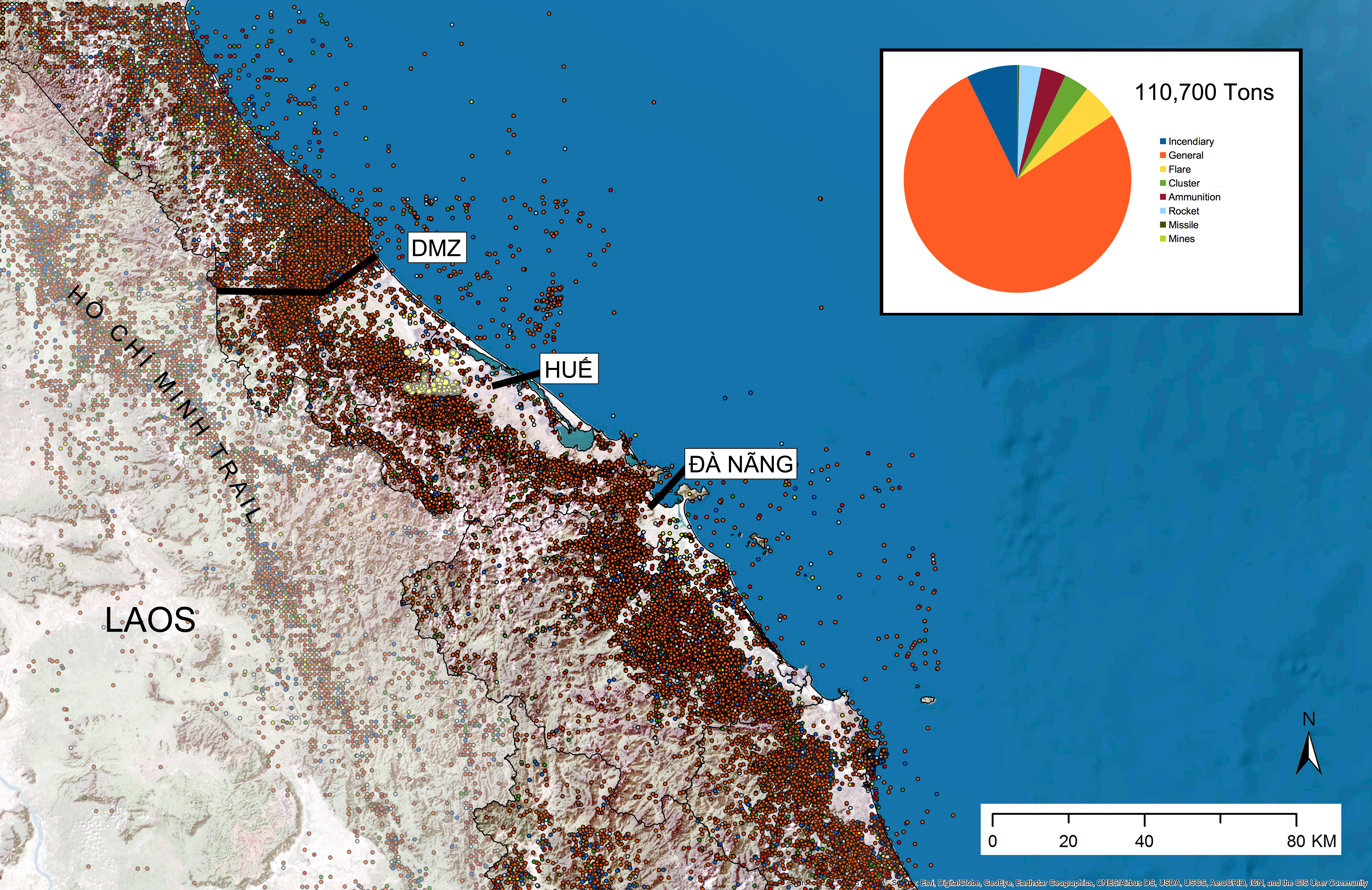



Approaching The Vietnam War From Another Angle News
Agent Orange has become almost synonymous with the Vietnam War Indeed this is where the herbicide gained its notoriety Containing an equal mixture of the nbutyl esters 2,4dichlorophenoxyacetic acid (2,4D) and 2,4,5trichlorophenoxyacetic acid (2,4,5 T), the herbicide elicited a byproduct from (2,4,5T) known as 2,3,7,8tetrachlorodibenzo With the International Monsanto Tribunal beginning this week (1416 October) in The Hague, MICK GRANT reports from Vietnam with this special investigation for The Ecologist five decades after the company's lethal herbicide Agent Orange first devastated the country and discovers the agribusiness giant is sneaking its way back into Vietnam with modern herbicides Fifty Years After, A Daunting Cleanup of Vietnam's Toxic Legacy From 1962 to 1971, the American military sprayed vast areas of Vietnam with Agent Orange, leaving dioxin contamination that has severely affected the health of three generations of Vietnamese Now, the US and Vietnamese governments have joined together in a massive cleanup




Nature 50 Years After The Us Army Sprayed Agent Orange Over Vietnam The Wildlife Is Fighting Back The Sunday Times Magazine The Sunday Times
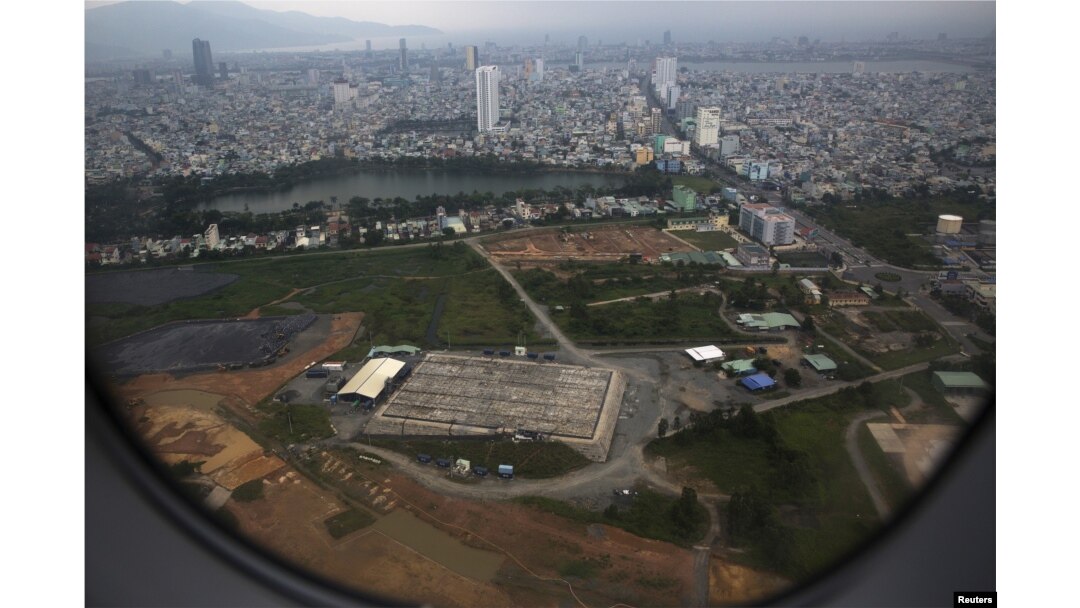



Agent Orange Still A Major Concern For Vietnam
1,210 Agent Orange Premium High Res Photos Browse 1,210 agent orange stock photos and images available, or search for vietnam war or vietnam to find more great stock photos and pictures Fairchild C123 Provider cargo plane sprays Agent Orange over a forest in North Vietnam Agent Orange was a herbicide that US Forces sprayed over the rural landscape in Vietnam from 1961 to 1971 to defoliate trees and shrubs and kill food crops that were providing cover and food to opposition forcesAgent Orange is a herbicide and defoliant chemical, one of the "tactical use" Rainbow HerbicidesIt is widely known for its use by the US military as part of its herbicidal warfare program, Operation Ranch Hand, during the Vietnam War from 1961 to 1971 It is a mixture of equal parts of two herbicides, 2,4,5T and 2,4DIn addition to its damaging environmental effects, traces of dioxin




Vietnam A French Colony No More France After




Agent Orange History
This area was affected by Agent Orange spraying during the Vietnam war (1968–1971) Whereas PCDD/PCDF content in soil and sediment samples is relatively low and ranges between 005 and 51 pg WHOTEQ/g for soils and between 07 and 64 pg WHOTEQ/g for sediments, the PCDD/PCDF content in poultry muscle and liver in most cases exceeded theThousands of refugees fled from South Vietnam, often in boats, to escape the war zone Additionally, the US's use of Napalm and Agent Orange drastically changed the Vietnamese landscape and its people The war also divided Vietnam as a country into a North and South Many Americans started to question how far America would go to fight communism Agent Orange was a chemical herbicide mixture that was used to eliminate any dense foliage and tropical forested landscapes in Vietnam and other military zones in order to remove any enemy cover The chemicals were also used to defoliate US military bases in America and other countries, and Agent Orange use by the US military first started in
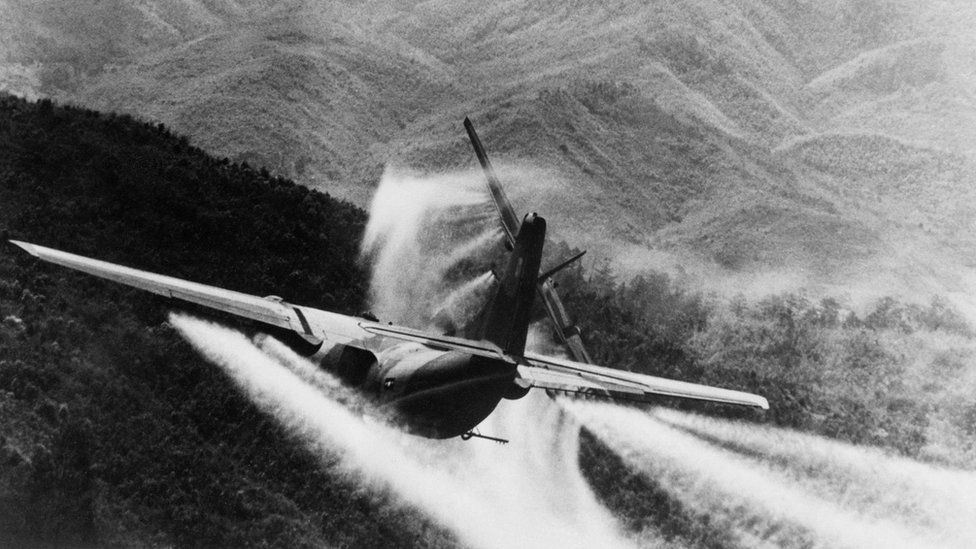



Vietnam War French Court To Hear Landmark Agent Orange Case c News
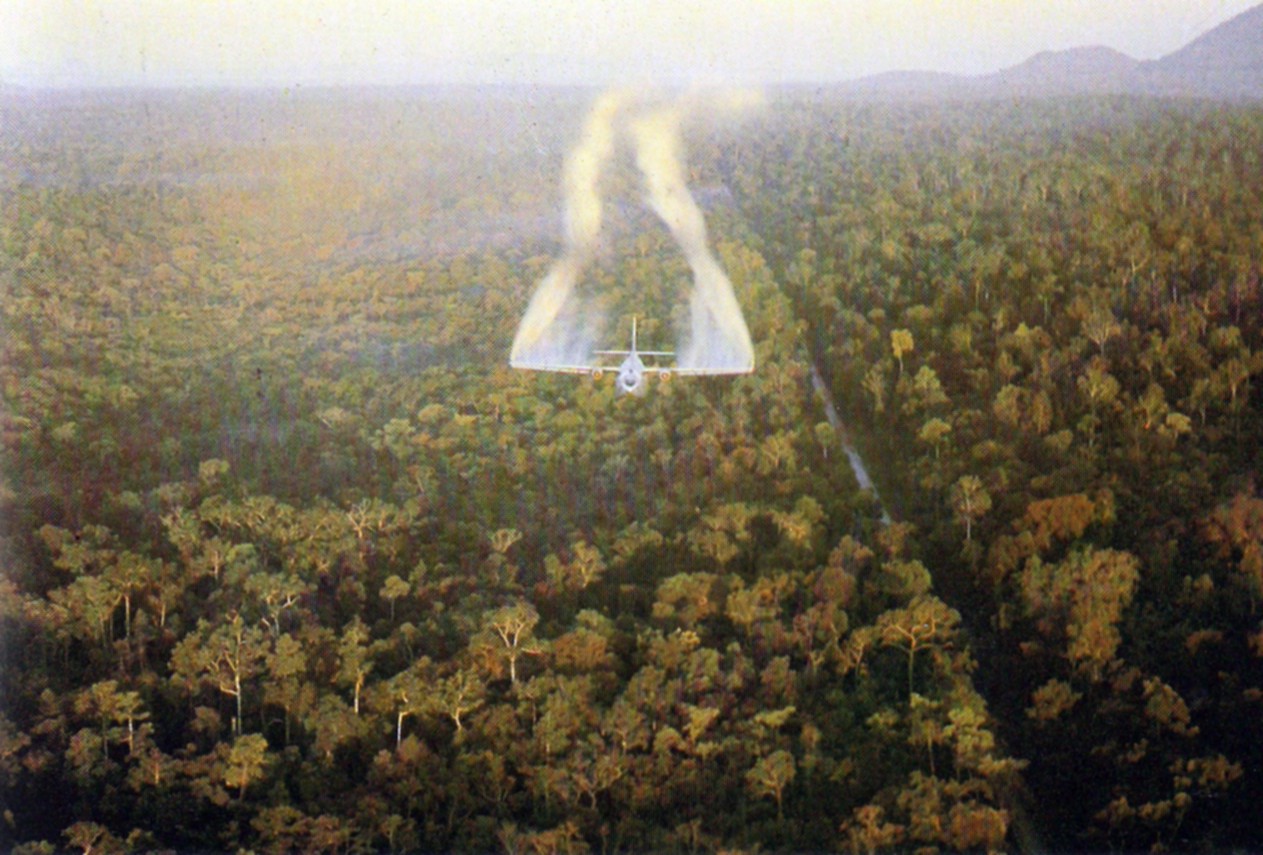



Agent Green Wikipedia
While Agent Orange may be the most wellknown chemical used during the Vietnam War, it wasn't the only one An entire rainbow of new chemical formulations rained down on Vietnam's forests andA man with congenital disabilities from Agent Orange, which was used during the Vietnam war from 1965 to 1970 It caused many deformities similar to this, to the Asian population of this area Emilio Labrador / Wikimedia In addition to human suffering, Agent Orange had a devastating effect on the ecosystems of Vietnam, Laos, and CambodiaAgent Orange is the combination of the code names for Herbicide Orange (HO) and Agent LNX, one of the herbicides and defoliants used by the US military as part of its chemical warfare program, Operation Ranch Hand, during the Vietnam War from 1961 to 1972 Vietnam estimates 400,000 people were killed or maimed, and 500,000 children born with birth defects as a result
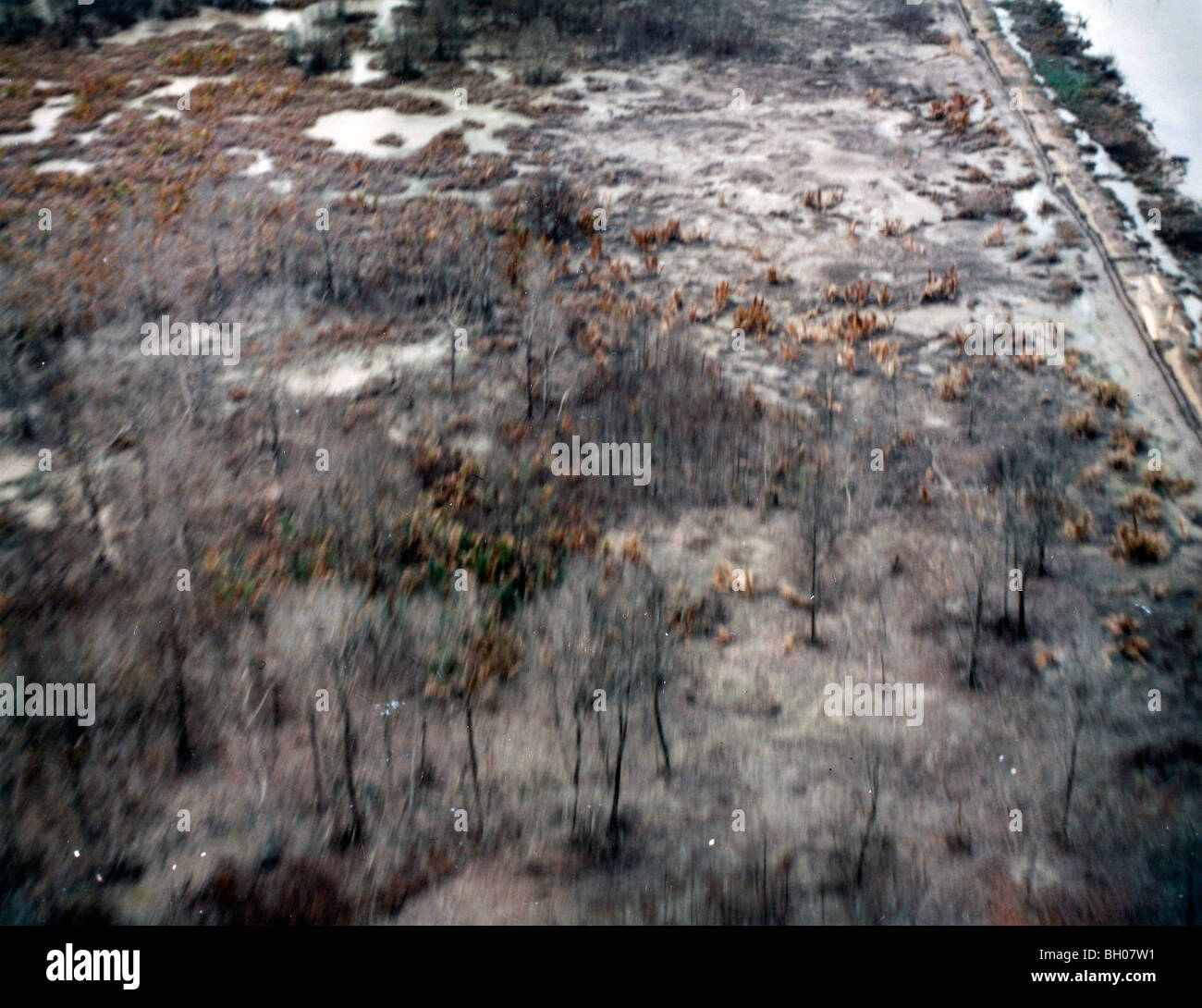



Agent Orange Vietnam War High Resolution Stock Photography And Images Alamy




Documentary Recalls Elmira S Dramatic Role In Producing Agent Orange Therecord Com
Although the Vietnam War did not end until 1975, the US stopped using Agent Orange in 1971 Because of growing international opprobrium over the use of " poisonous spray " during the war, the new Richard Nixon administration announced a partial ban on the precursor 2,4,5T on , and the Pentagon shortly followed suit by banning Agent Orange was a powerful herbicide used by US military forces during the Vietnam War to eliminate forest cover and crops for North Vietnamese and Viet Cong troops The US program, codenamed 50 years after the herbicide was used by the US during the Vietnam War, Agent Orange continues to wreak havoc Soldiers in protective gear are pictured after a
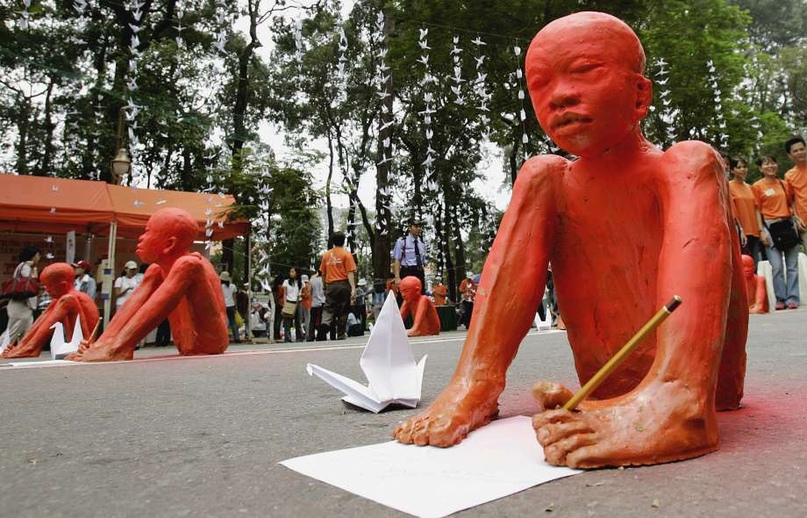



Toxic Byproducts Of Agent Orange Still A Hazard For Vietnam Orissapost
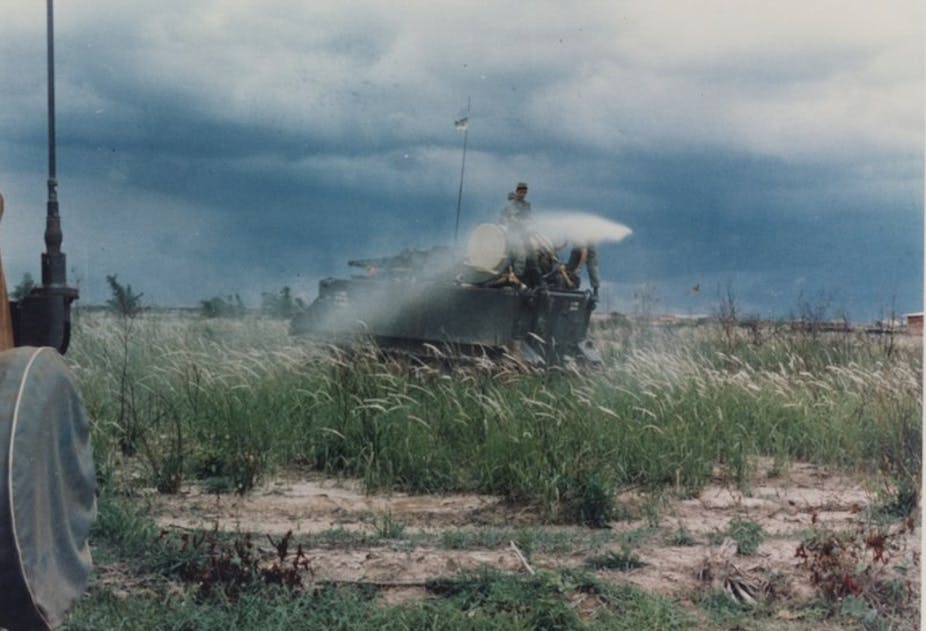



Agent Orange Exposed How U S Chemical Warfare In Vietnam Unleashed A Slow Moving Disaster
While Agent Orange played a prominent role in emergence of international environmental consciousness during the th century, A Luoi valley remains a fascinating place that reflects many of Vietnam's ongoing postwar challenges at the scale of small rural community Postwar Ecology By some estimates, forest cover in Vietnam declined by 50 percent between 1945 and 1980 During the Vietnam War, US forces sprayed 72 million liters of herbicides, including Agent Orange, on the Vietnamese countryside and dropped roughly 13 million tons of bombs, according to Jakartabased forestry expert Chris LangAgent Orange, mixture of herbicides that US military forces sprayed in Vietnam from 1962 to 1971 during the Vietnam War for the dual purpose of defoliating forest areas that might conceal Viet Cong and North Vietnamese forces and destroying crops that might feed the enemy The defoliant, sprayed from lowflying aircraft, consisted of approximately equal amounts of the




Vietnam Overview Longest War In U S History
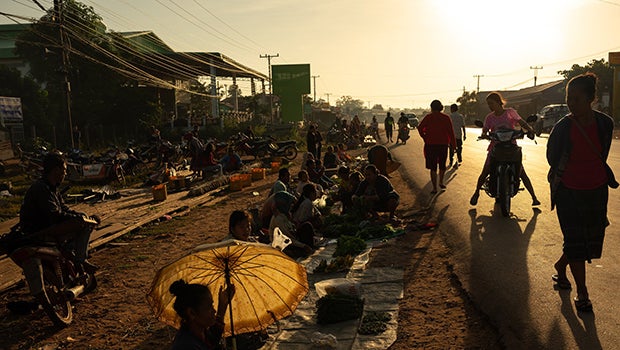



The Agent Orange In Vietnam Program The Aspen Institute
This dispersion of Agent Orange over a vast area of central and south Vietnam poisoned the soil, river systems, lakes and rice paddies of Vietnam, enabling toxic chemicals to enter the food chainNamed for the colored stripe painted on its barrels, Agent Orange — best known for its widespread use by the US military to clear vegetation during the Vietnam War — is notorious for being laced with a chemical contaminant called 2,3,7,8TetrachlorodibenzoPdioxin, or TCDD, regarded as one of the most toxic substances ever created During the Vietnam War, the US military sprayed the countryside in Vietnam, Cambodia and Laos with more than 19 million gallons of herbicides, including 11 million gallons of Agent Orange, a chemical blend named for the orange band on its storage barrels




Pdf Vietnam War And Landscape Dynamics Objective Identification By Iconographic Data In Thua Thien Hue Province



Dropping
Partnering to overcome the legacies of war Five decades after the Vietnam War ended, Agent Orange continues to impact communities in Vietnam and Laos today 451 pm Although the Vietnam War ended five decades ago, the remnants of munitions and chemicals deployed in that conflict continue to have deadly effects todayOliveros, Joshua BS Biology Vietnam War Orange is the new color of change , the first operation of Agent Orange in the Kon Tum Province of Vietnam sparked a new era of revolution in the Indochinese country The Vietnam war War has always been considered a factor of change and an element of reformationAgent Orange was a tactical herbicide the US military used to clear leaves and vegetation for military operations mainly during the Vietnam War Veterans who were exposed to Agent Orange may have certain related illnesses If you have an illness caused by exposure to Agent Orange during military service, read below to find out if you may be
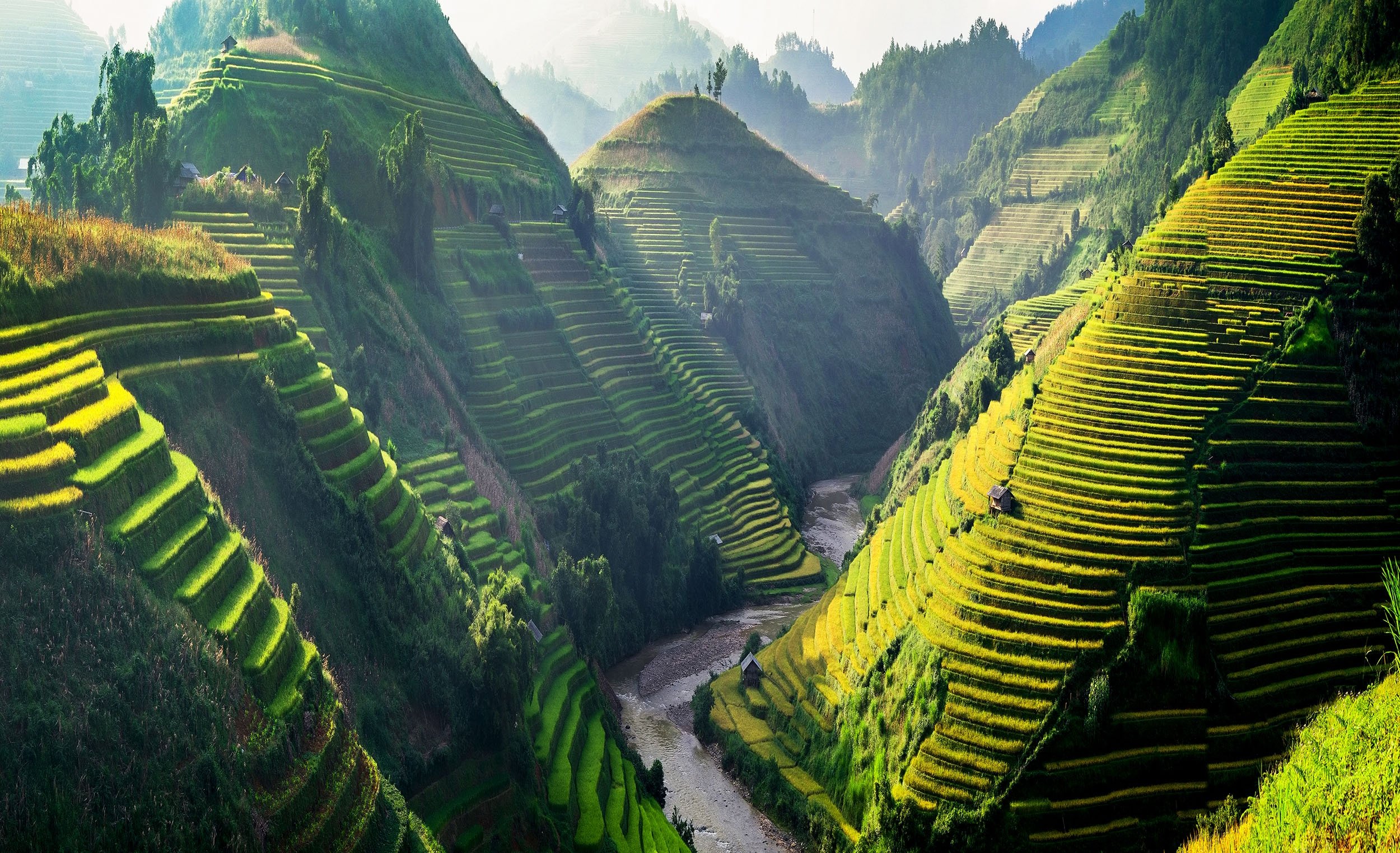



Breathtaking Nature Of Vietnam Takes Visitors On Thrilling Journey Daily Sabah




Agent Orange History
URBANA, Ill – During the Vietnam War, United States aircraft sprayed more than million gallons of herbicides, including dioxincontaminated Agent Orange, on the country's rain forests, wetlands, and croplands Agent Orange defoliated the thick jungle vegetation concealing Viet Cong fighters and destroyed a portion of the country's food crops, but it was primarily theWar (aka the Vietnam War ) which defoliated rain forests and ancient wetland mangroves and left behind contaminated soil and sediment hotspots During this war, the United States (US) military sprayed 80 million liters of Agent Orange contaminated with the dioxin TCDD in a guerrilla war against communist insurgents The United States and Vietnam on Thursday began cleaning up the toxic chemical defoliant Agent Orange on part of Danang International Airport, marking the first time Washington has been involved
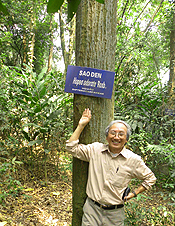



In War Scarred Landscape Vietnam Replants Its Forests Yale 60




The Victims Of Agent Orange The U S Has Never Acknowledged The New York Times
An Unending War The Legacy of Agent Orange The Vietnam War was a long, violent conflict, resulting in the deaths of over three Orange, not only destroyed the landscape, but left a lasting impact on the lives of American and Vietnamese citizens for generations to come Today, over forty years after the end of the and involvement in Vietnam, the definition and use of Agent Orange in the Vietnam War, and the diseases associated with Agent Orange exposure The scope covers the period from 1945 to the present The organization of the chapter is in four parts The first part examines US involvement in VietnamExplore Larry Hellie's board "Vietnam Agent Orange", followed by 151 people on See more ideas about agent orange, vietnam, vietnam war




Agent Orange The Legacy Of The Vietnam War 1854 Photography




لهجة اسم وسط المدينة Agent Orange Nature Tutihomestays Com
Agent Orange and the other rainbow herbicides (agents pink, green, purple, white, and blue, named after the color bands on the barrels in which they were delivered in Vietnam) are first examined The scope, scale, and nature of herbicide use in Vietnam, Cambodia, and Laos under Operation Ranch Hand are then discussed
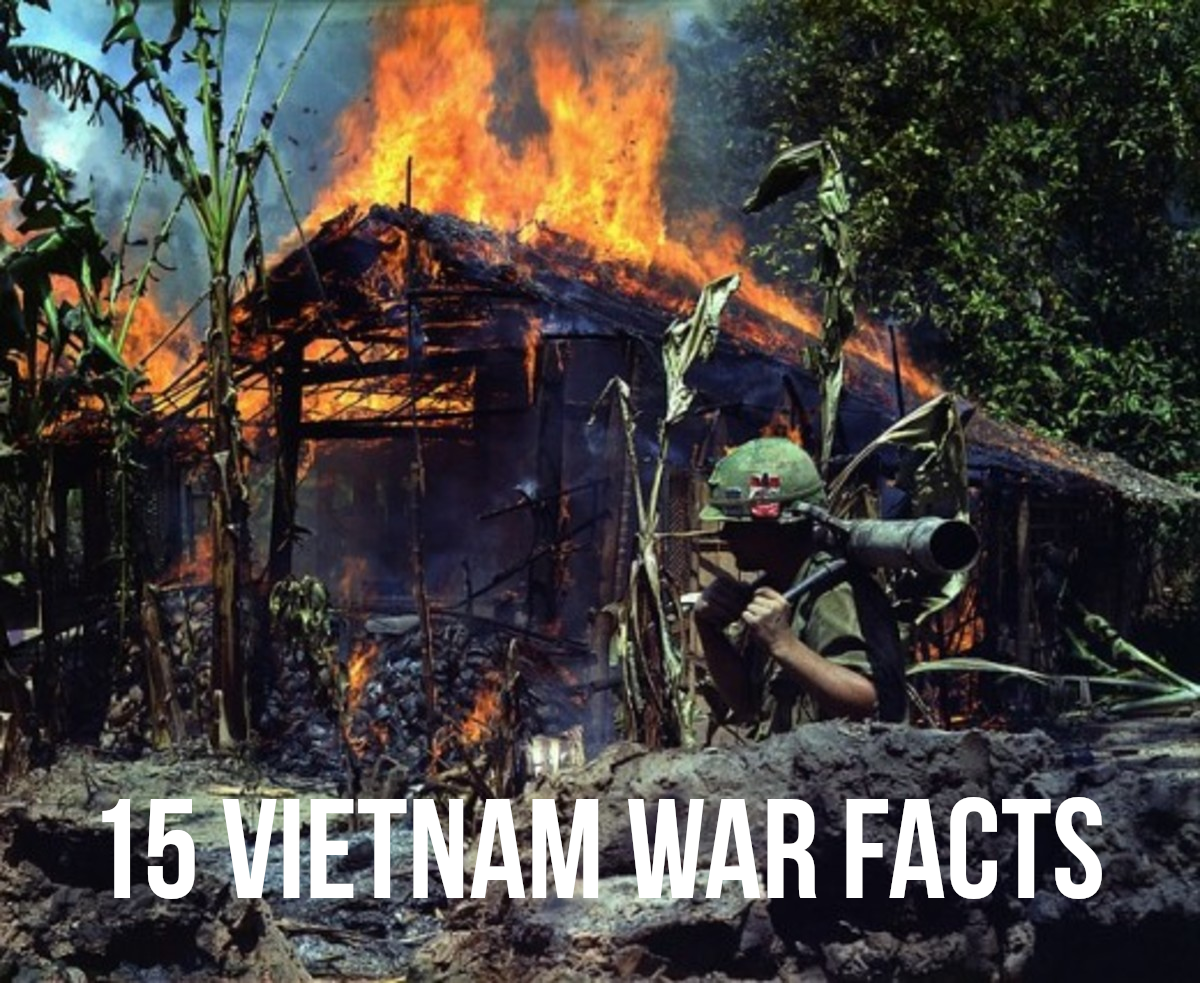



15 Interesting Facts On The Vietnam War Owlcation
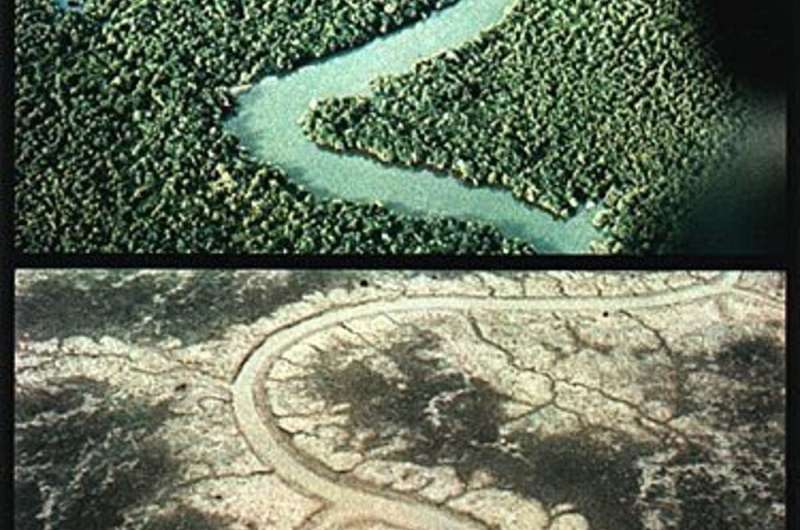



How U S Chemical Warfare In Vietnam Unleashed An Enduring Disaster
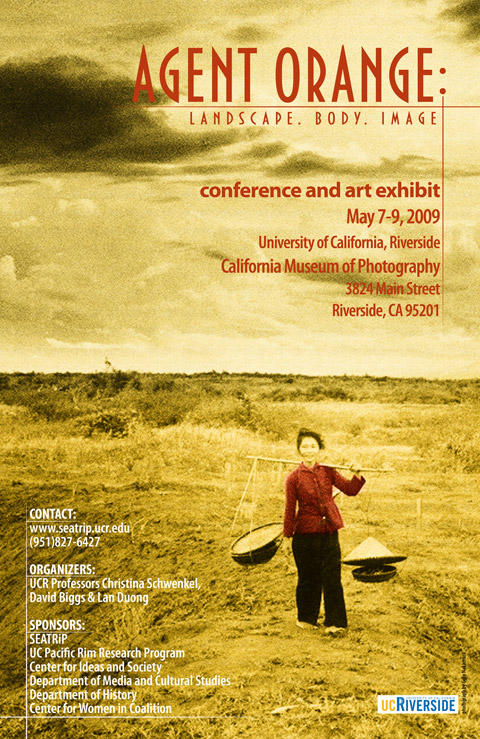



Center For Women In Coalition




Agent Orange Wasn T The Only Deadly Chemical Used In Vietnam History




Environment And War In Vietnam Bombs Biodiversity




Why Agent Orange




Clean And Contained Joint Us Vietnamese Agent Orange Cleanup Project
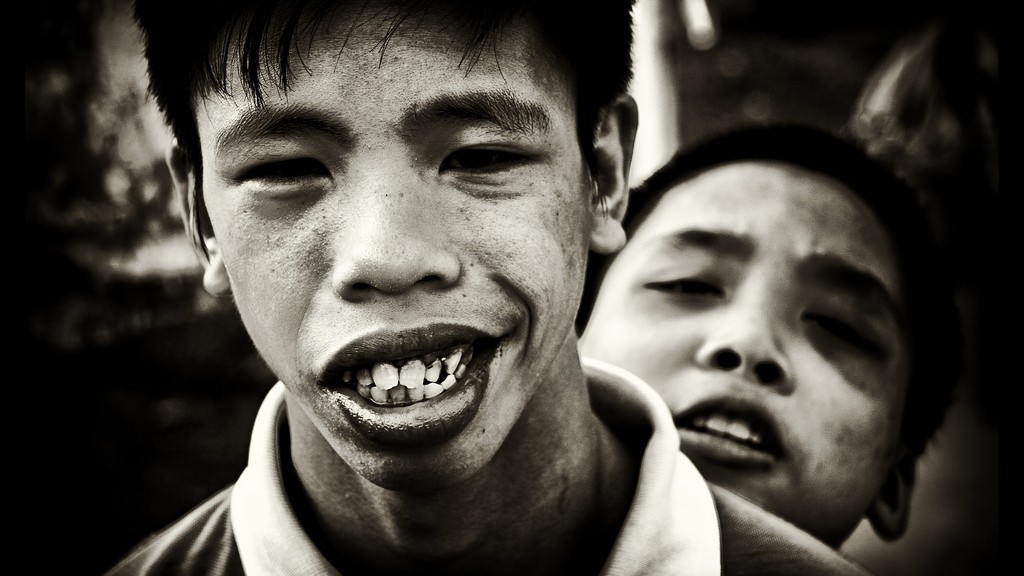



Agent Orange In The Vietnam War The Vietnam War
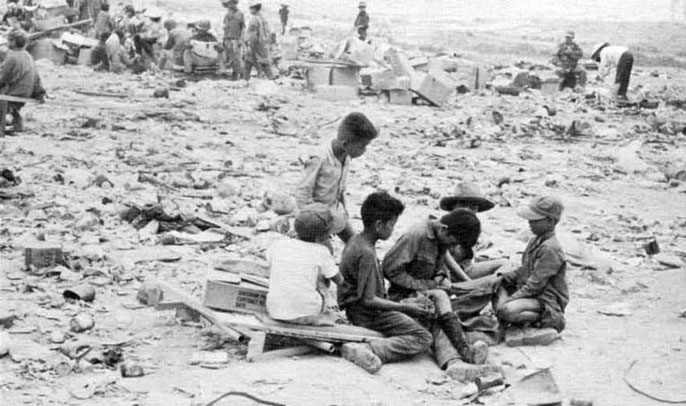



The Vietnam War From Another Angle University Of California




Agent Orange And Other Color Coded Herbicides Were Sprayed By Low Download Scientific Diagram
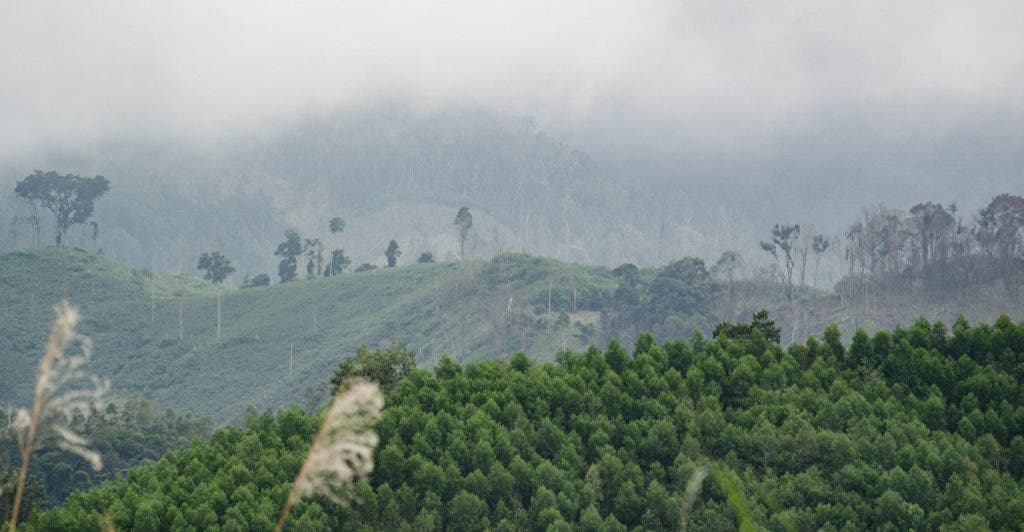



Agent Orange Continues To Pollute Vietnam Environment Study Finds




Agent Orange Diseases And Symptoms Breakdown Hill Ponton P A




Memories From Vietnam War Still Raw For Some Of Its Iowa Veterans Iowa Center For Public Affairs Journalism




The Victims Of Agent Orange The U S Has Never Acknowledged The New York Times




Agent Orange Wasn T The Only Deadly Chemical Used In Vietnam History
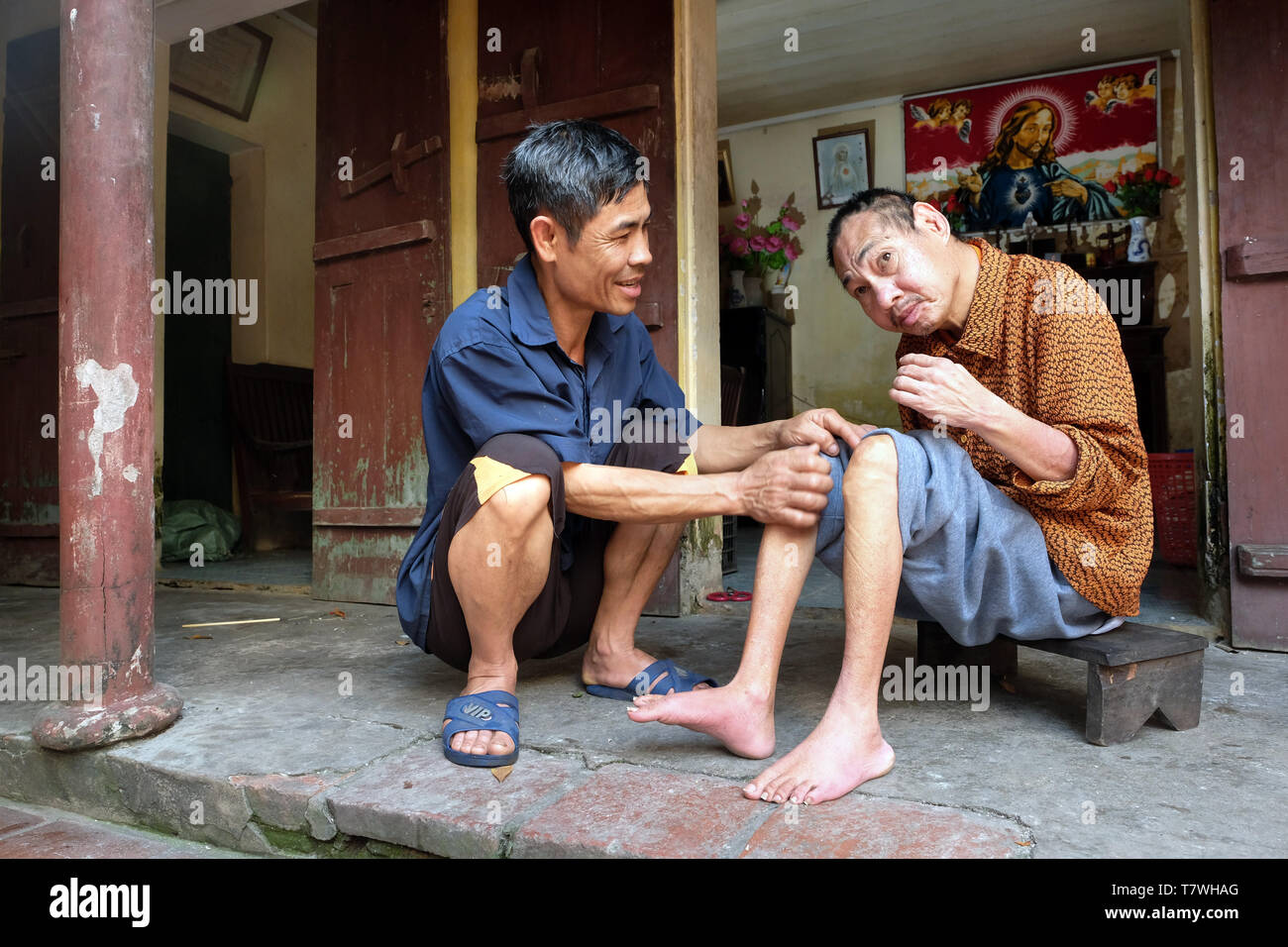



Agent Orange Vietnam War High Resolution Stock Photography And Images Alamy




Why Was Agent Orange Used Va Benefits Hill Ponton P A
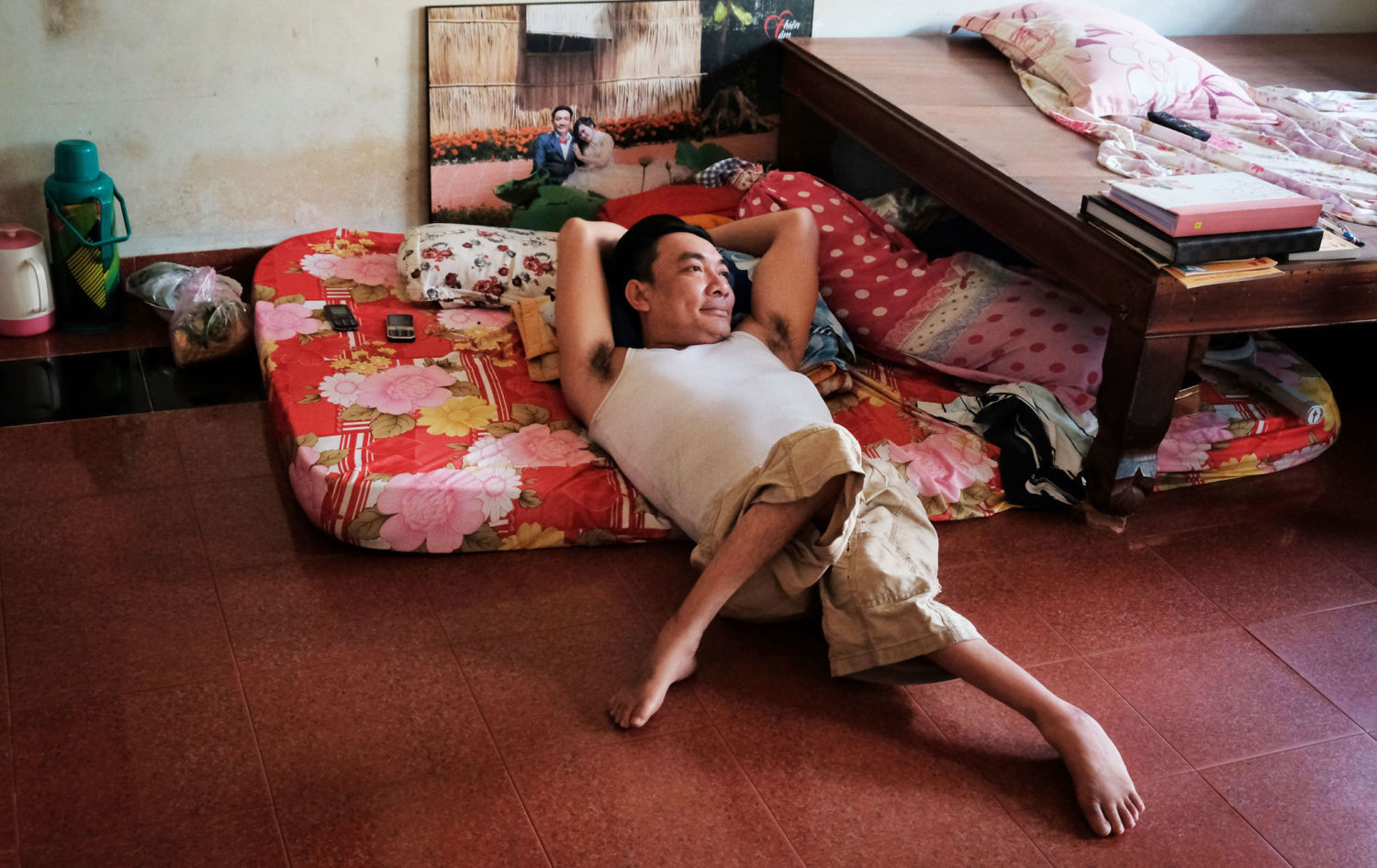



Fifty Years After A Daunting Cleanup Of Vietnam S Toxic Legacy Yale 60




Agent Orange Exposed How U S Chemical Warfare In Vietnam Unleashed A Slow Moving Disaster
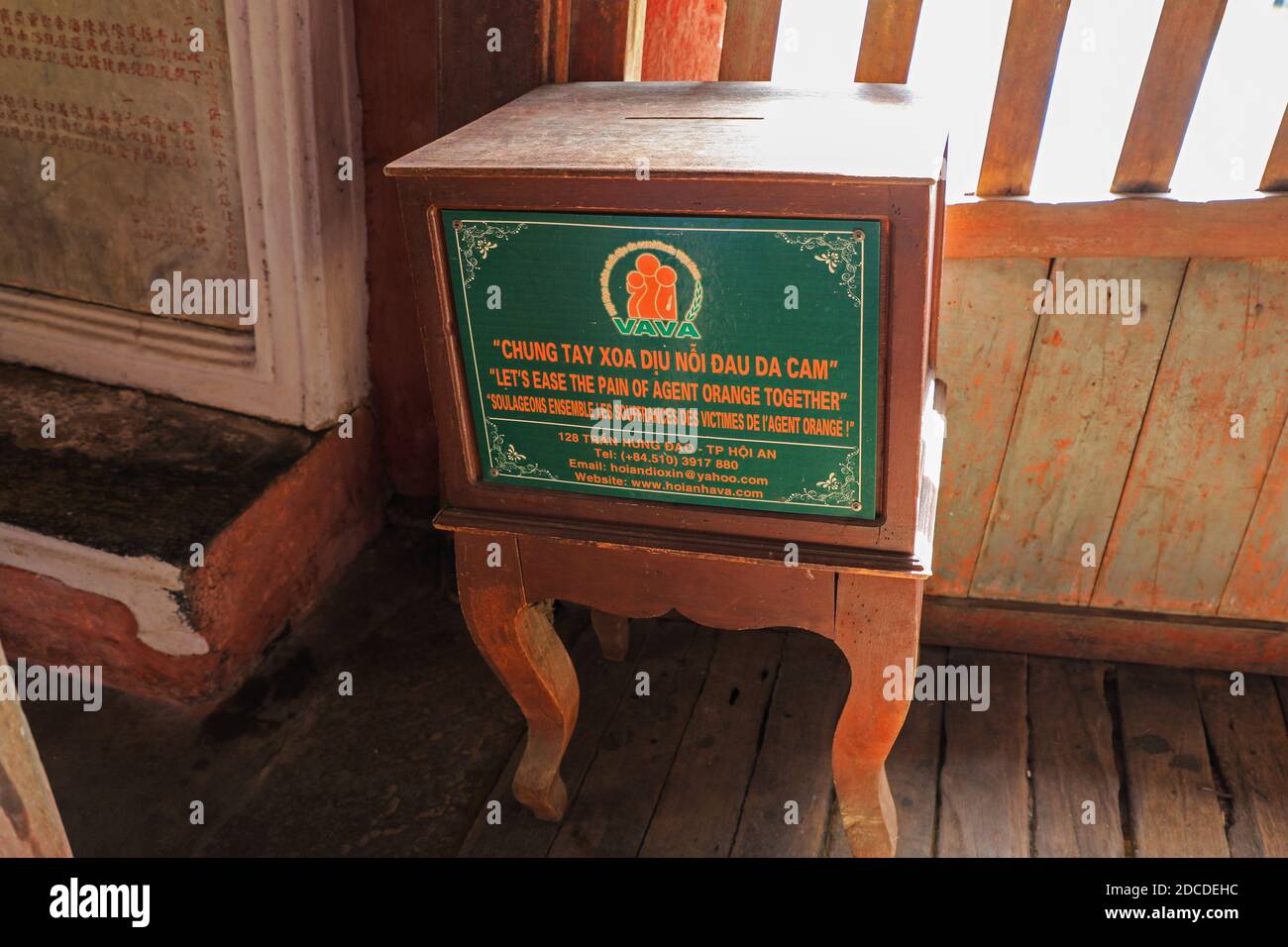



Agent Orange Vietnam War High Resolution Stock Photography And Images Alamy



Agent Orange 24 Chilling Photos Of The War Crime The Us Got Away With



When The Paris Peace Accords Were Signed In 1973 To End The Fighting In Vietnam Both North And South Had Been Plagued By Vast Economic Problems Due To Ppt Download
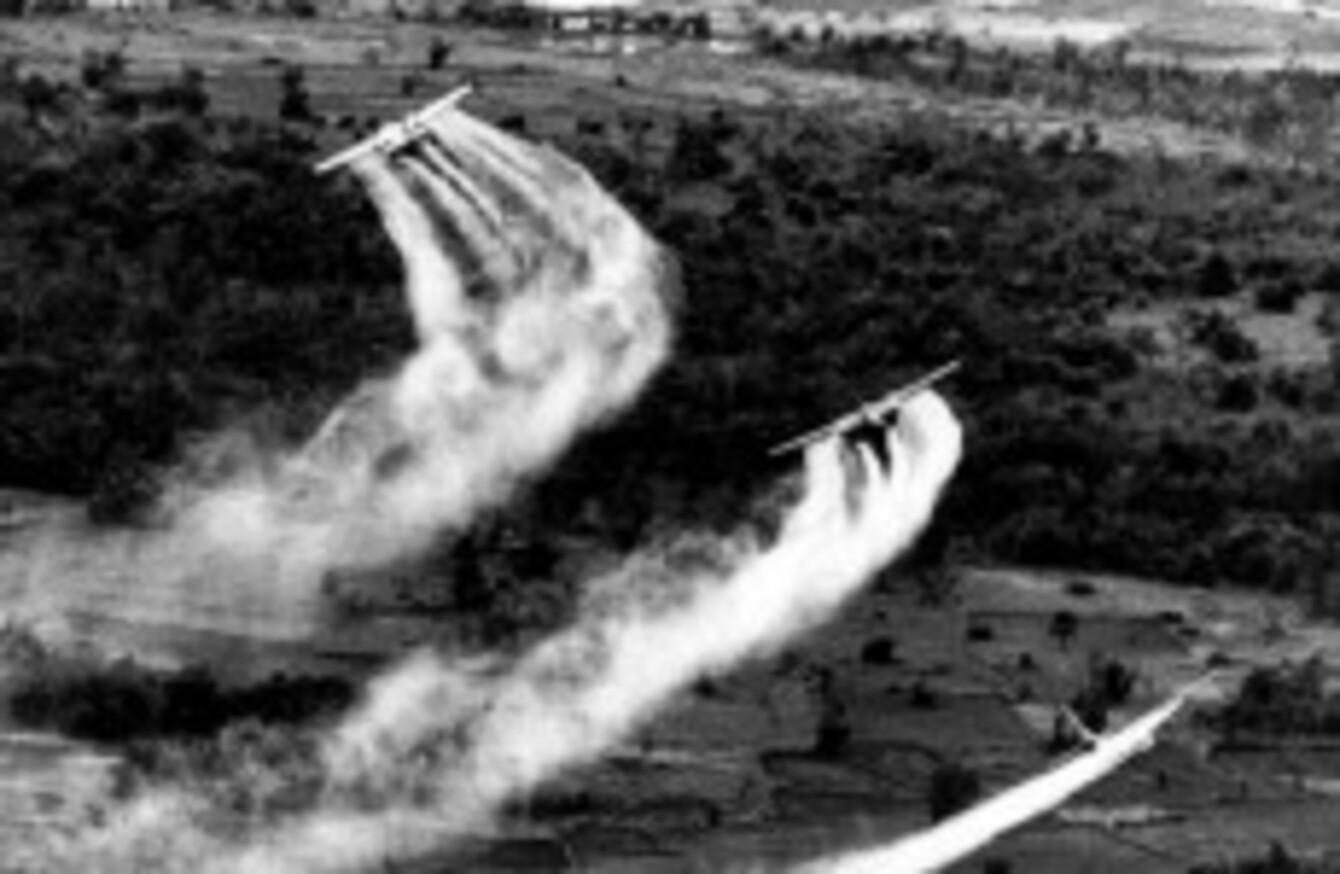



Agent Orange Clean Up Launched In Vietnam Decades After War Ends




Exposure To Agent Orange A Case Of Ecocide Vietnam Ejatlas




Vietnamese Agent Orange Victims Sue Dow And Monsanto In Us Court The Asia Pacific Journal Japan Focus
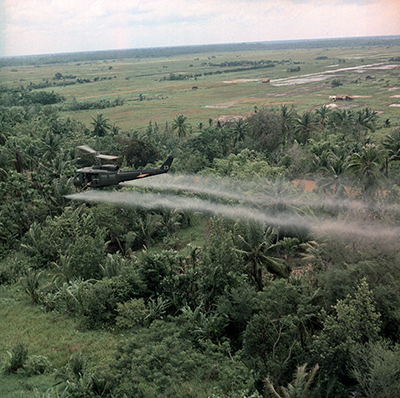



Agent Orange Terrible Legacy Of The Vietnam War




The Effects Of Agent Orange The Gift That Keeps On Giving Olih Photography




Agent Orange And The Aftermath Of The Vietnam War I Tour Vietnam Blogs
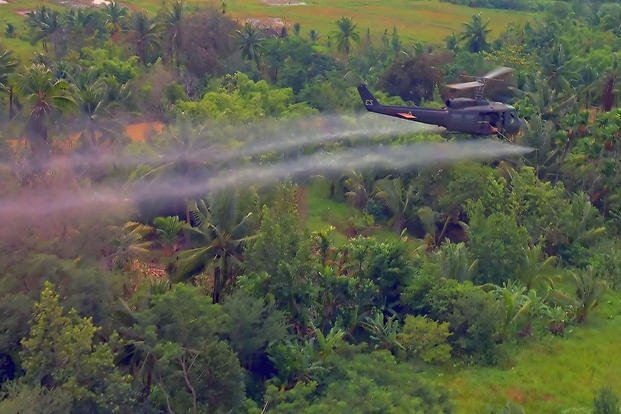



Agent Orange Military Com




The Victims Of Agent Orange The U S Has Never Acknowledged The New York Times
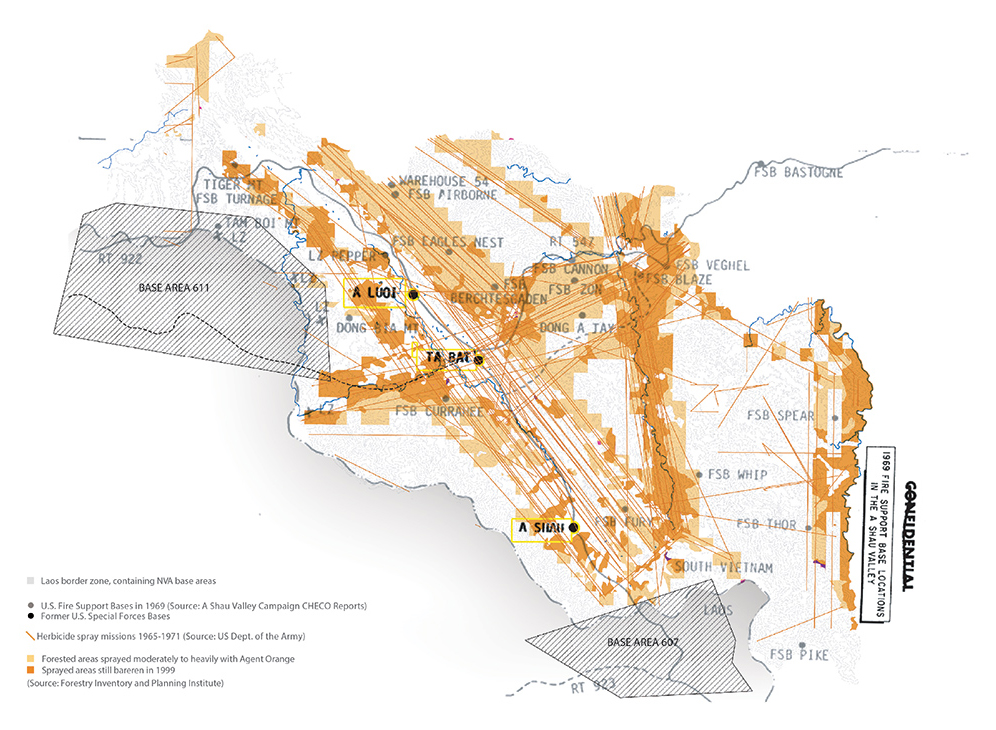



Agent Orange In A Luoi Valley The Architectural League Of New York




Agent Orange
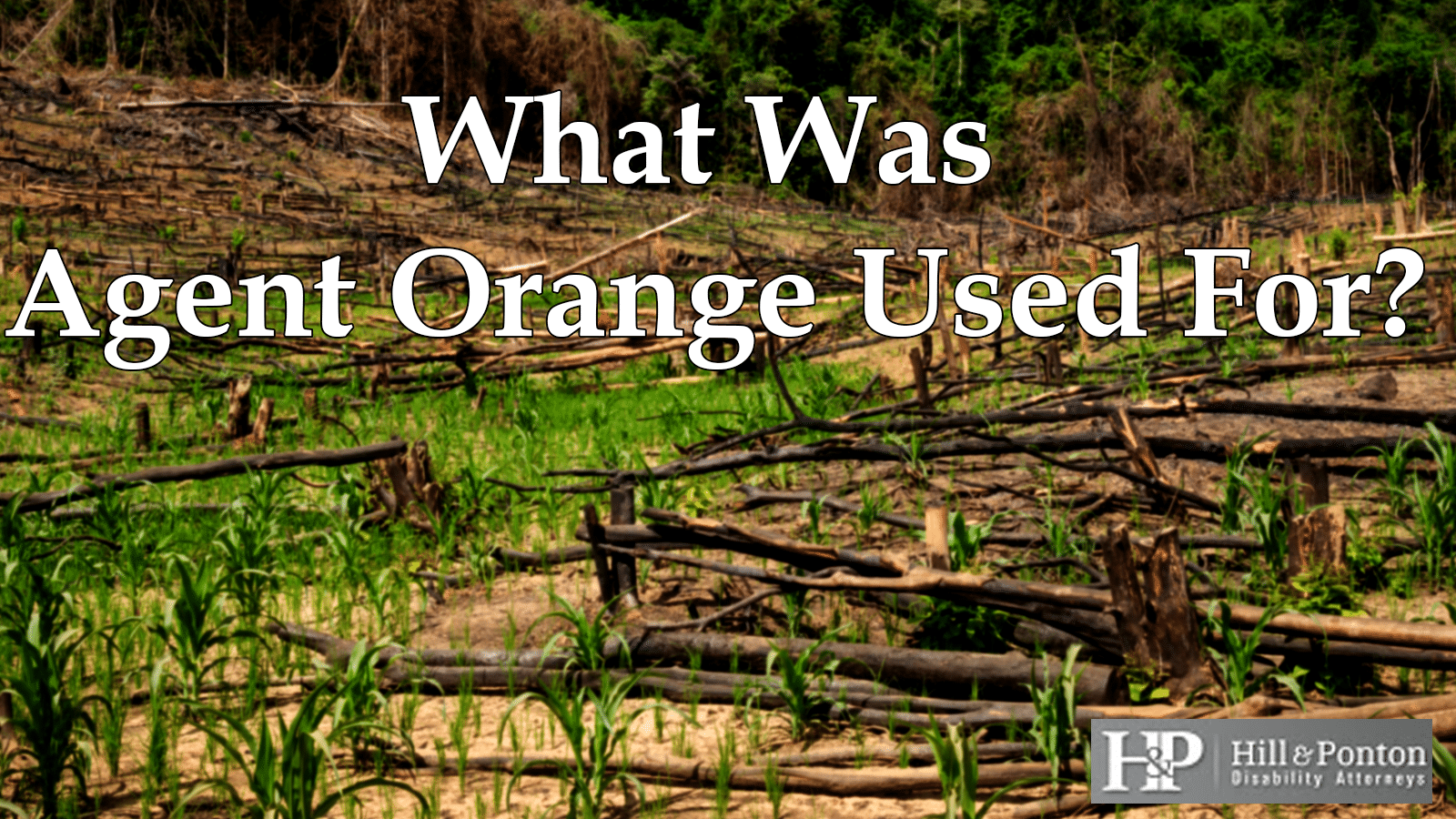



Why Was Agent Orange Used Va Benefits Hill Ponton P A




Pdf The Extent And Patterns Of Usage Of Agent Orange And Other Herbicides In Vietnam




Greener Magazine War Hurts More Than Just Lives
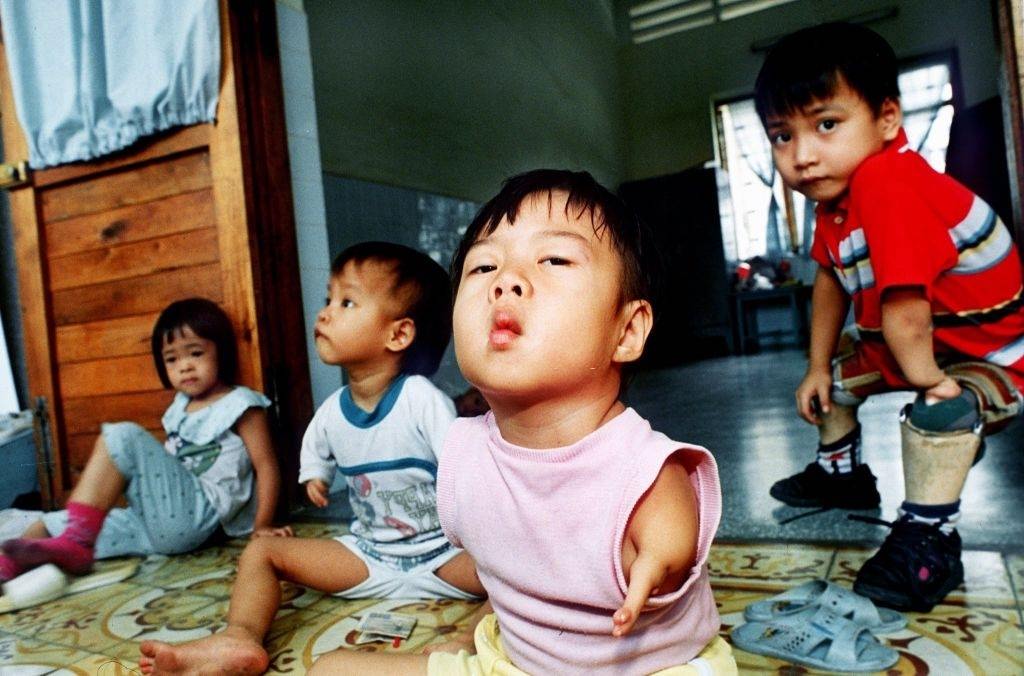



Agent Orange In Waterways Of South Vietnam




At The Heart Of The Vietnam War Herbicides Napalm And Bulldozers Against The A Lưới Mountains
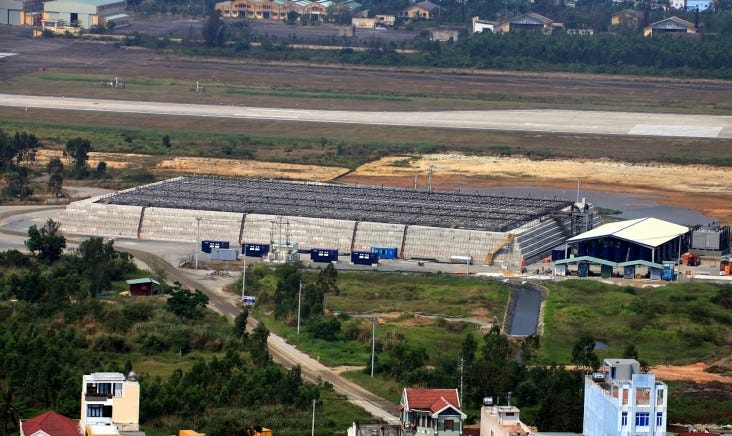



Overcoming The Legacies Of War Usaid Plays Key Roles On The Road To By Usaid U S Agency For International Development Medium




The Victims Of Agent Orange The U S Has Never Acknowledged The New York Times




Agent Orange S Long Legacy For Vietnam And Veterans The New York Times




Agent Orange History
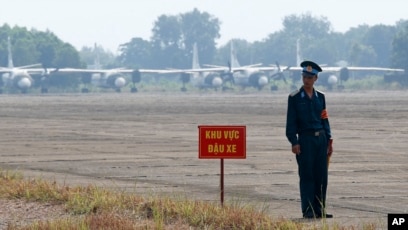



Agent Orange Still A Major Concern For Vietnam
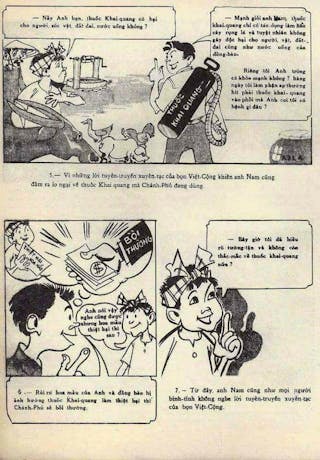



Agent Orange Exposed How U S Chemical Warfare In Vietnam Unleashed A Slow Moving Disaster



Agent Orange




Exposure To Agent Orange A Case Of Ecocide Vietnam Ejatlas
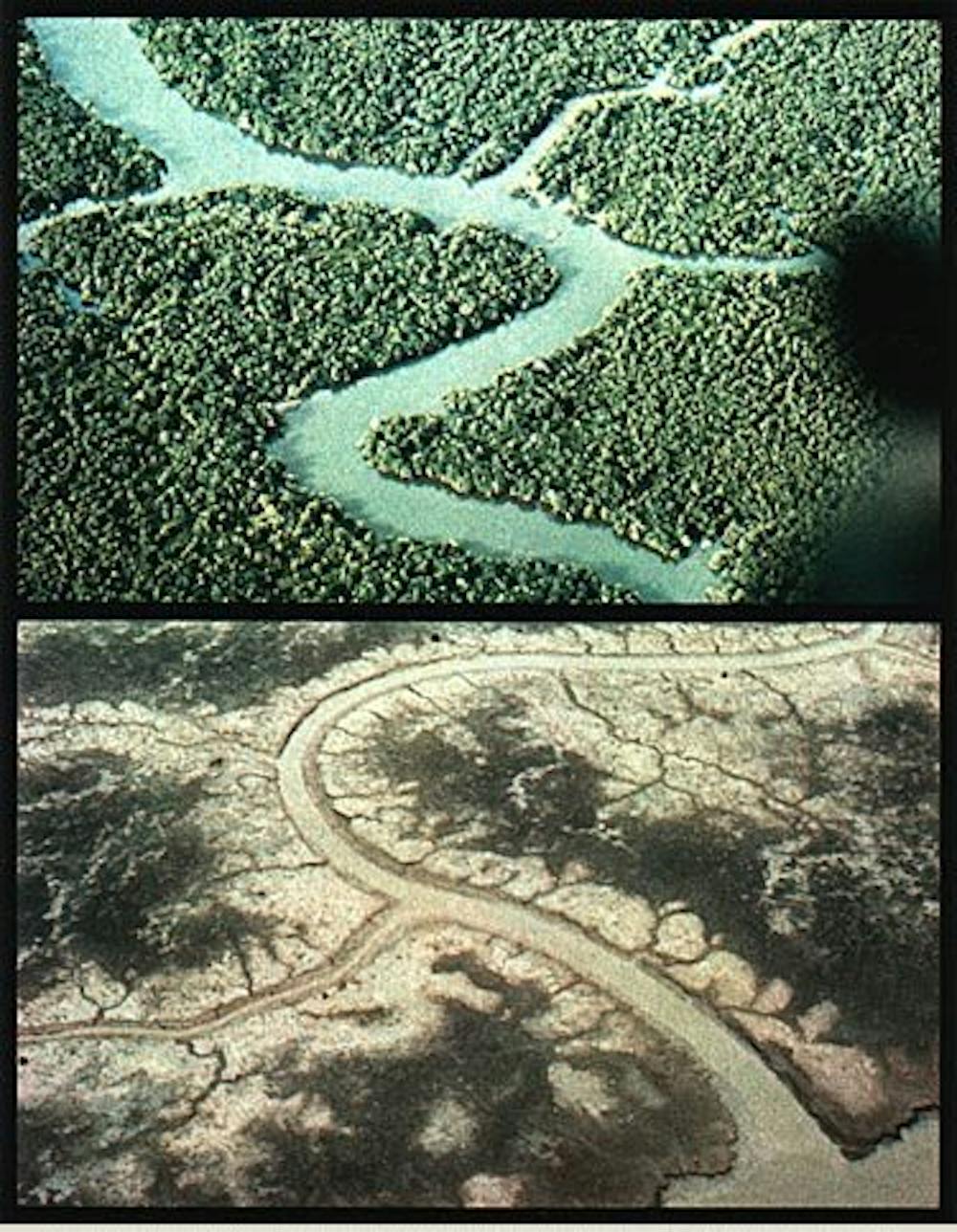



Agent Orange Exposed How U S Chemical Warfare In Vietnam Unleashed A Slow Moving Disaster




Pdf The Extent And Patterns Of Usage Of Agent Orange And Other Herbicides In Vietnam
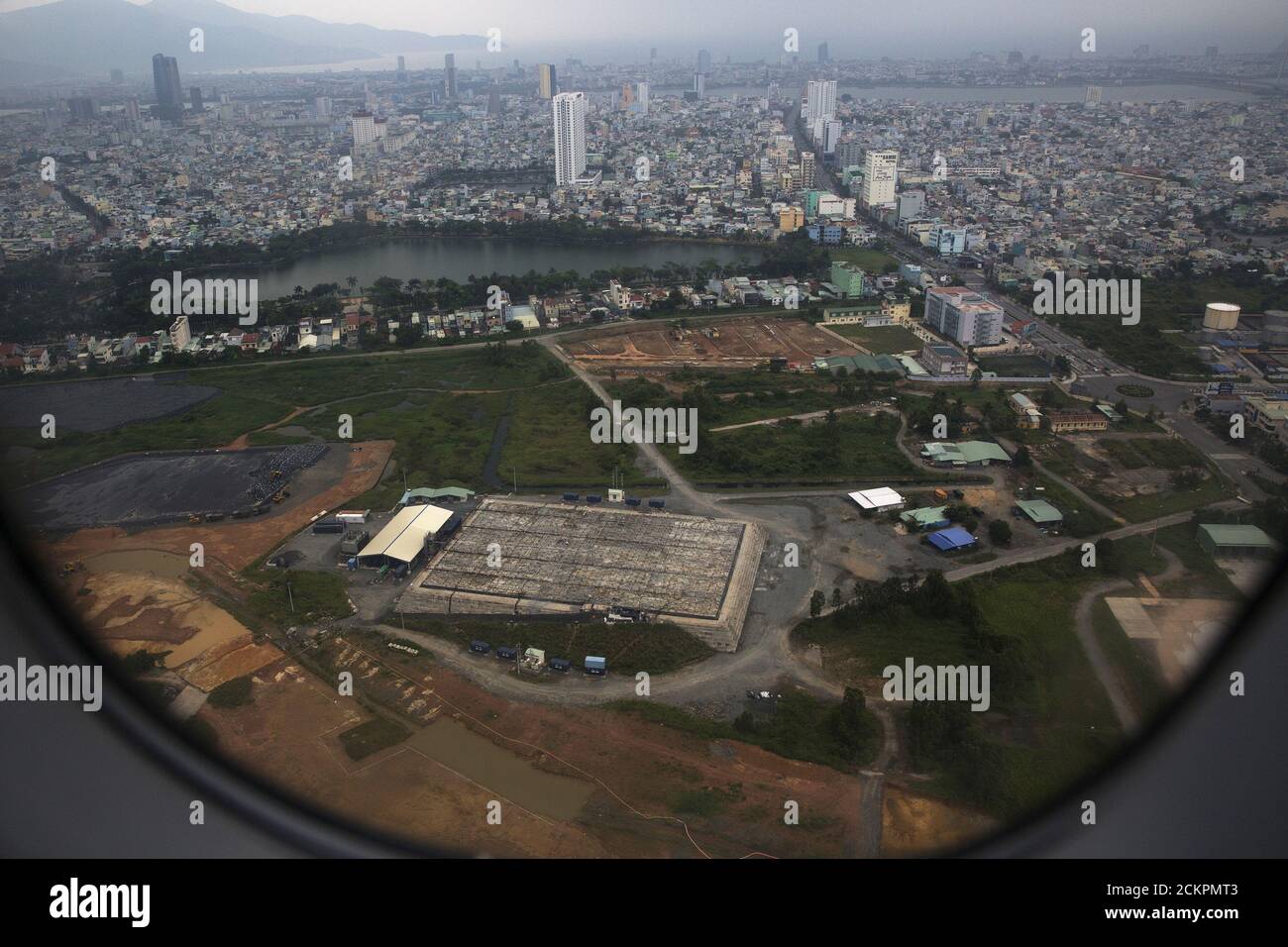



Wtdak7mf2ihpkm



Agent Orange




Fifty Years After A Daunting Cleanup Of Vietnam S Toxic Legacy Yale 60




Agent Orange Exposed How U S Chemical Warfare In Vietnam Unleashed A Slow Moving Disaster
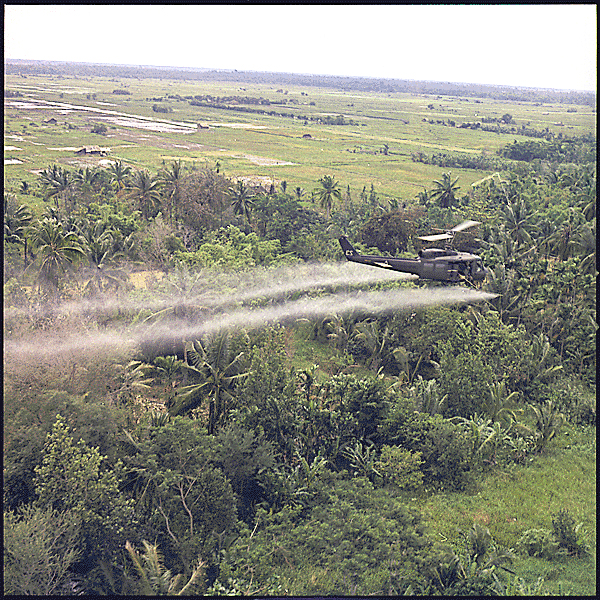



Agent Orange Exposure Locations Public Health
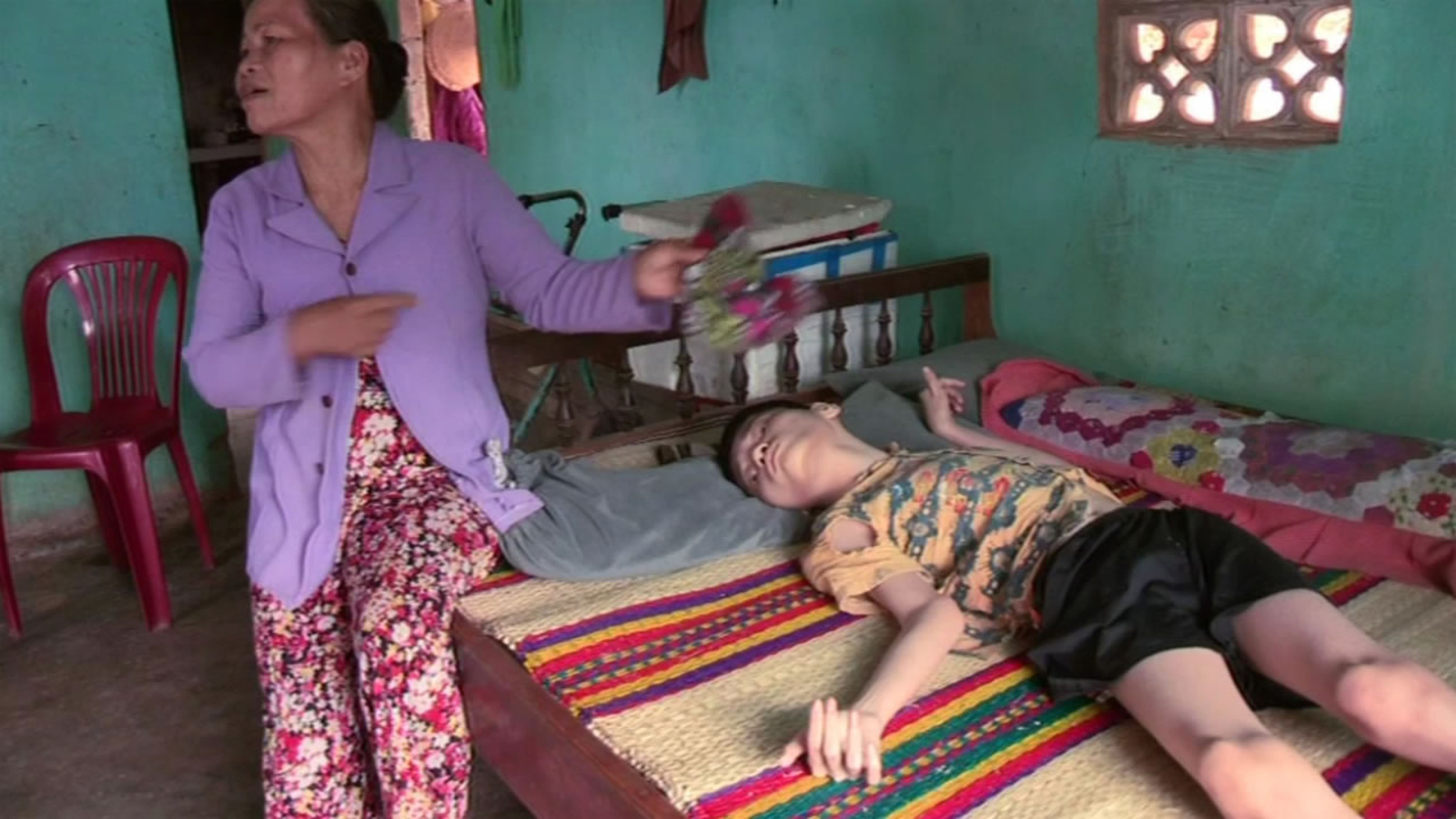



Agent Orange Continues To Haunt Vietnam Decades After War Abc7 San Francisco
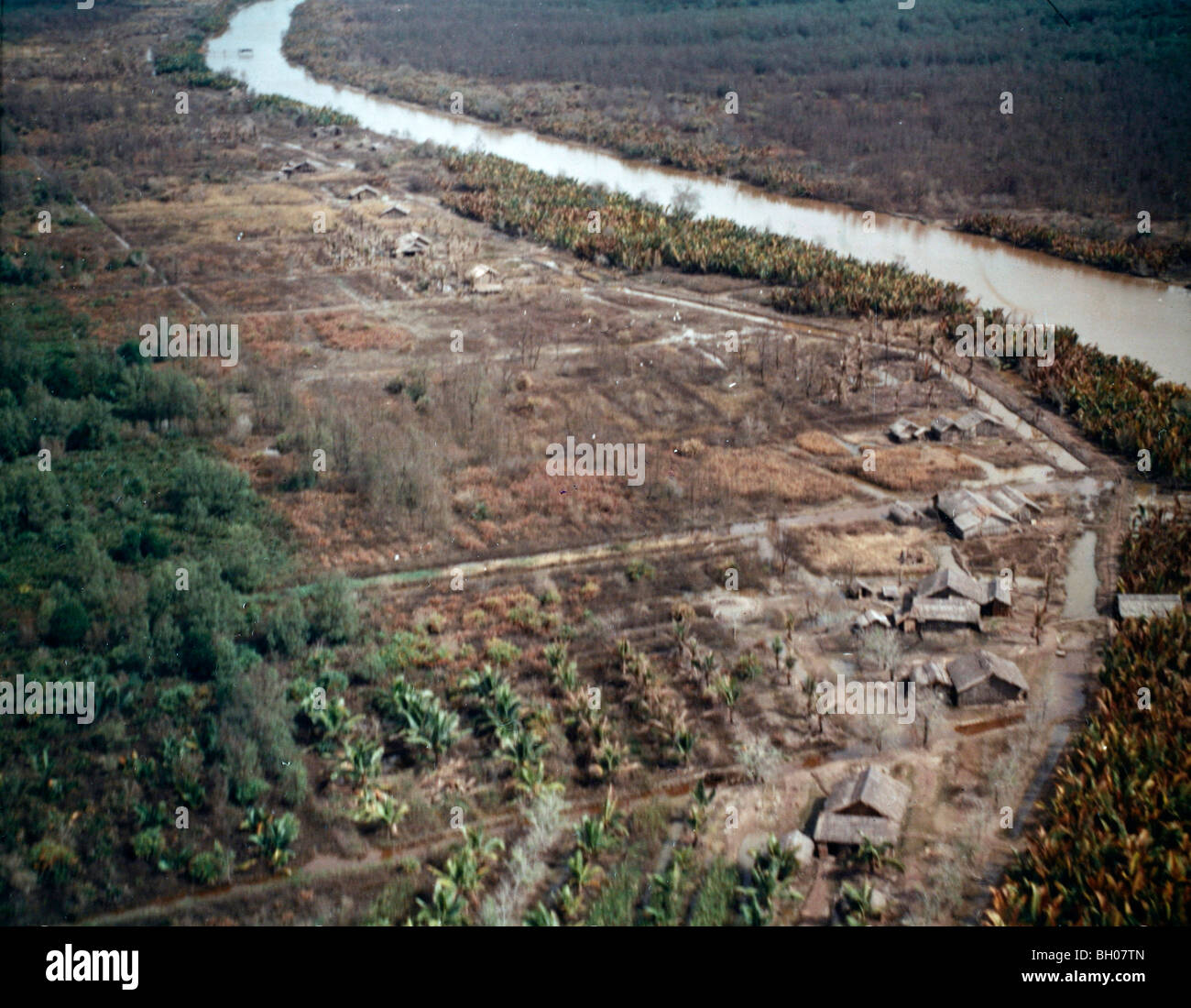



Vietnam War And Death High Resolution Stock Photography And Images Alamy




At The Heart Of The Vietnam War Herbicides Napalm And Bulldozers Against The A Lưới Mountains




2 357 Agent Orange Photos Free Royalty Free Stock Photos From Dreamstime
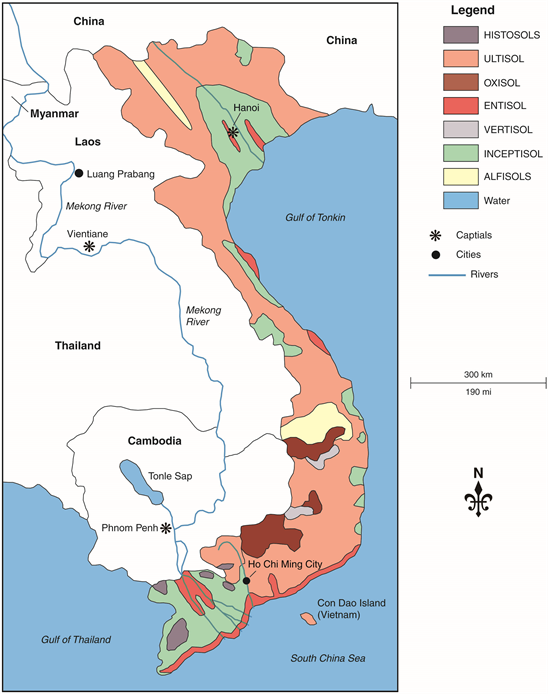



Long Term Fate Of Agent Orange And Dioxin Tcdd Contaminated Soils And Sediments In Vietnam Hotspots




Christopher Hitchens On Agent Orange And Its Continued Destruction In Vietnam Vanity Fair
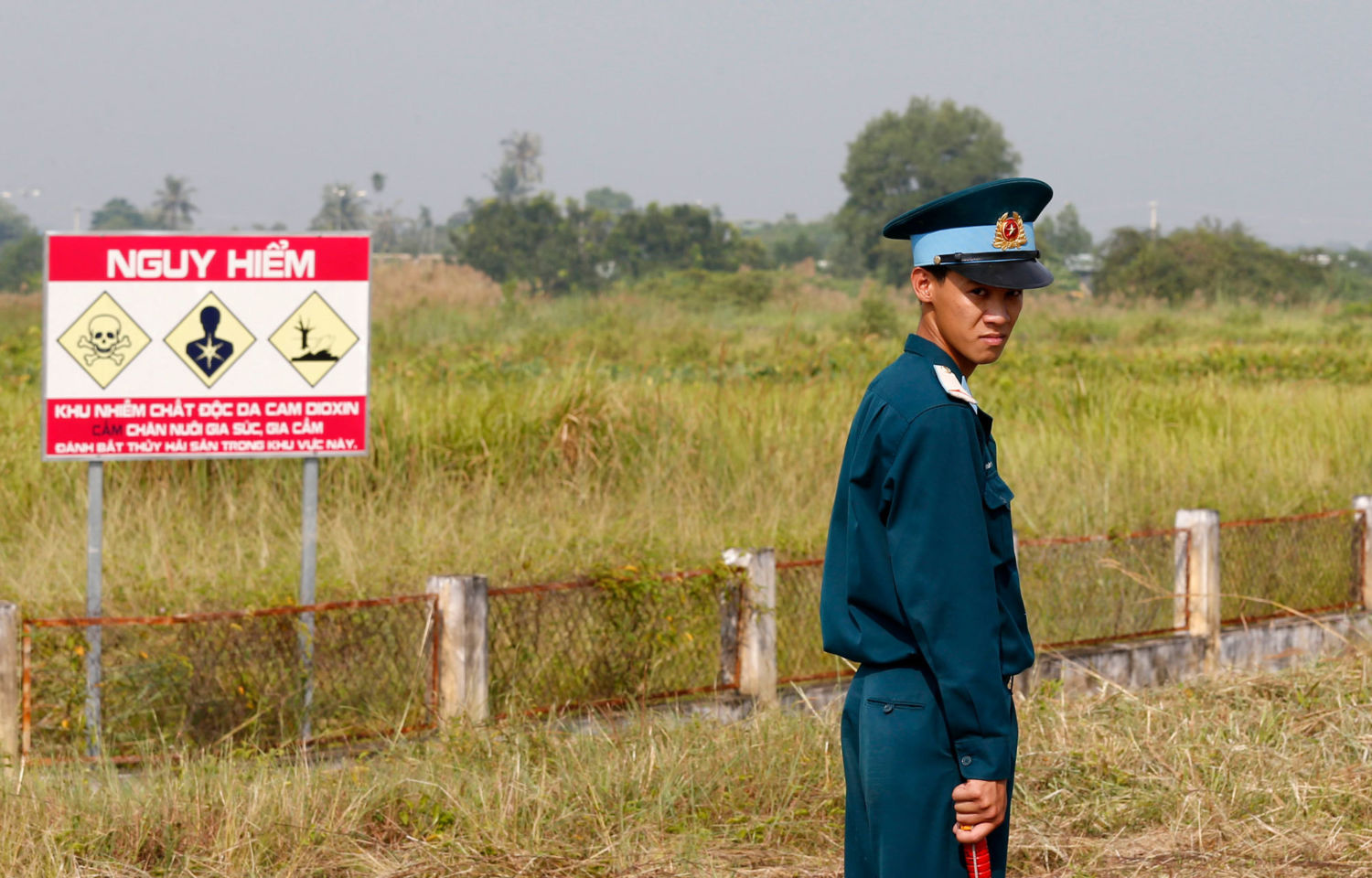



Fifty Years After A Daunting Cleanup Of Vietnam S Toxic Legacy Yale 60




Pin On Changed The World




100 Orange Agent Stock Videos And Royalty Free Footage Istock



The Terrible Legacy Of Agent Orange And Dioxin Links International Journal Of Socialist Renewal
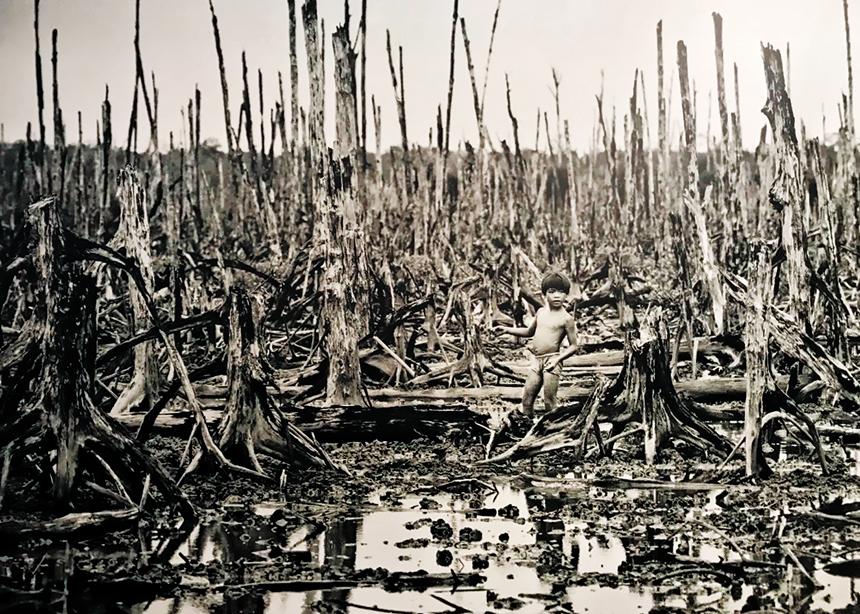



Understanding The Impact Of Agent Orange Canadian Mennonite Magazine
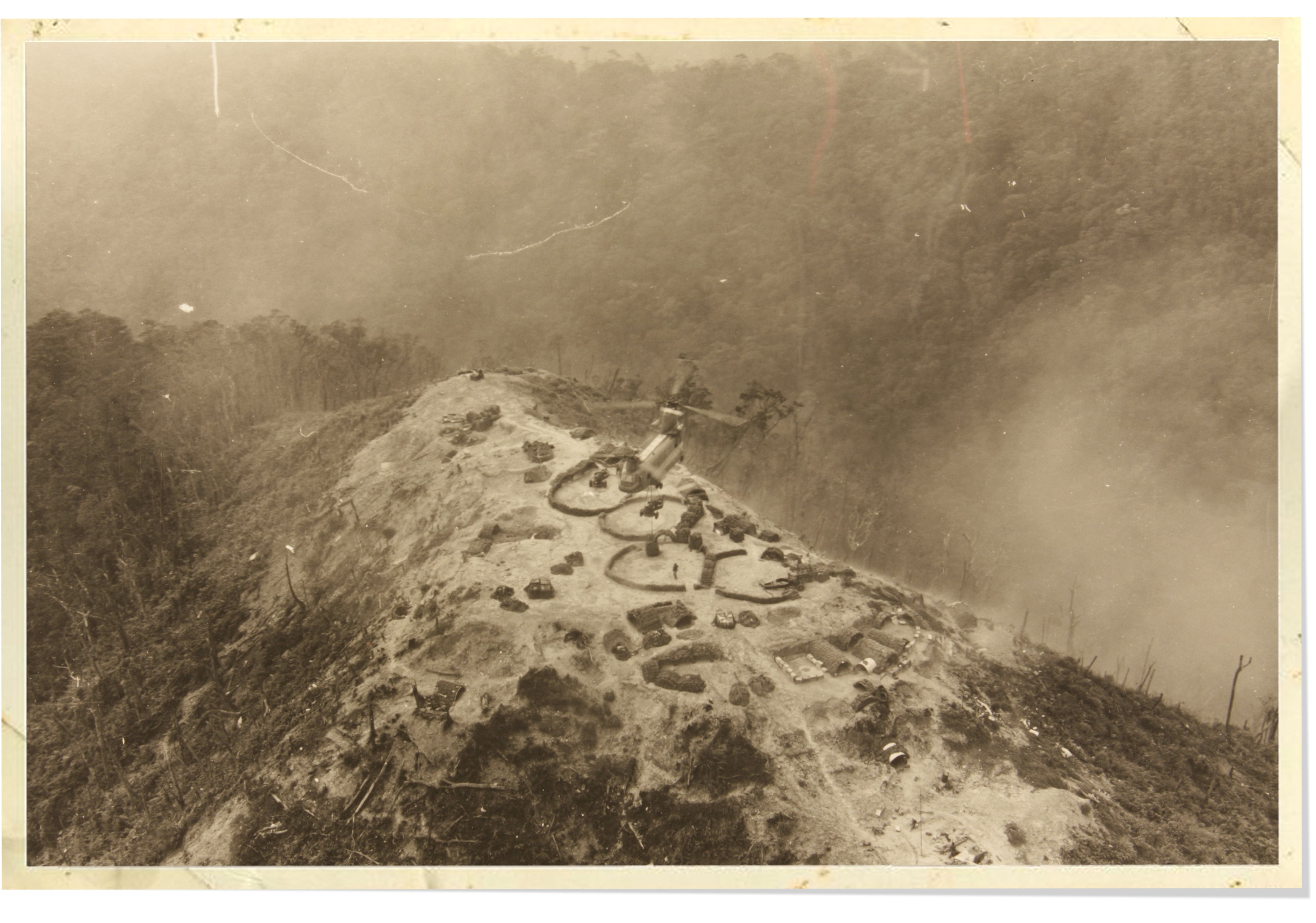



Approaching The Vietnam War From Another Angle News




Exposure To Agent Orange A Case Of Ecocide Vietnam Ejatlas




243 Agent Orange Stock Photos Pictures Royalty Free Images Istock




The Effects Of Agent Orange The Gift That Keeps On Giving Olih Photography
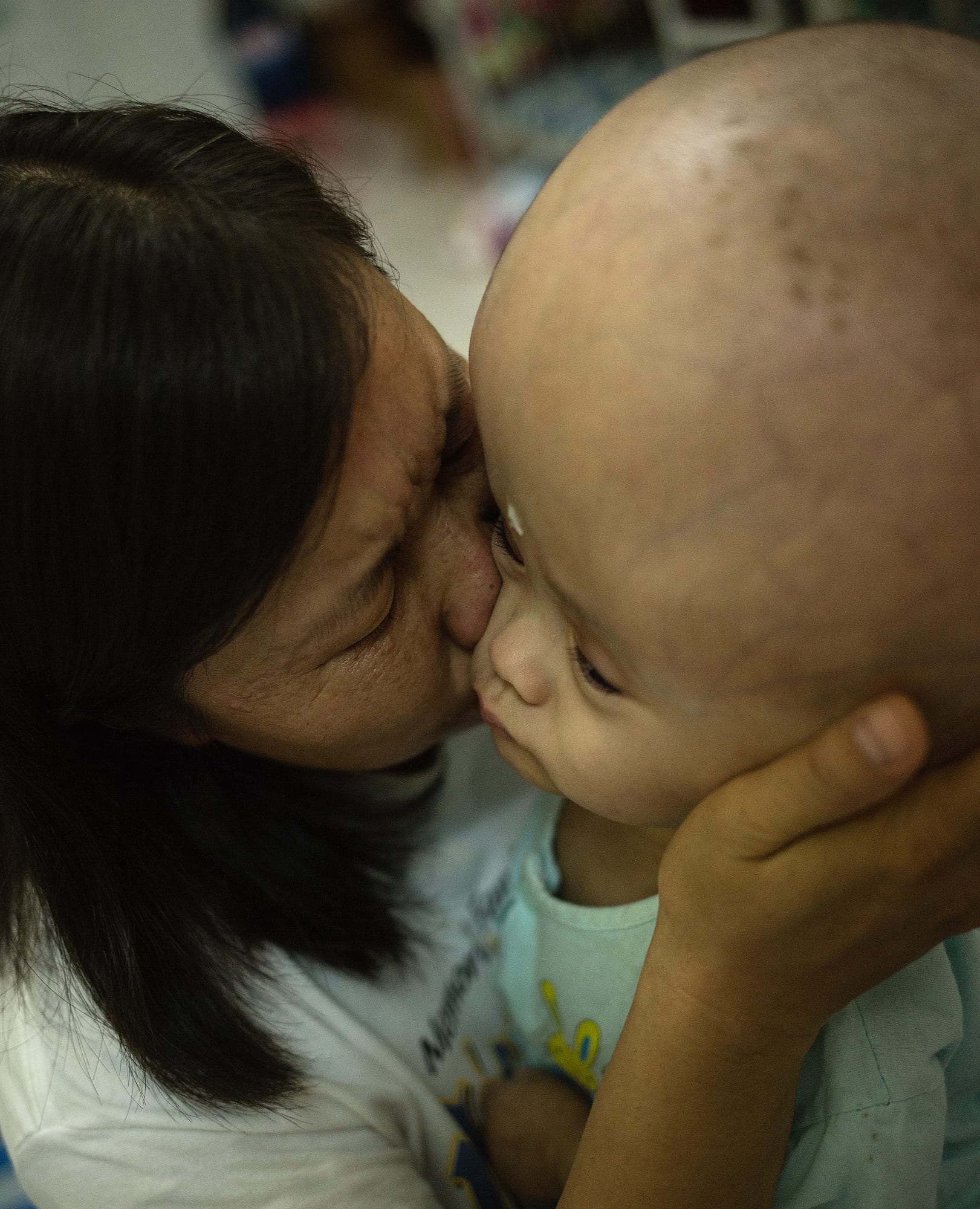



Agent Orange The Legacy Of The Vietnam War 1854 Photography



Pdf Vietnam War And Landscape Dynamics Objective Identification By Iconographic Data In Thua Thien Hue Province
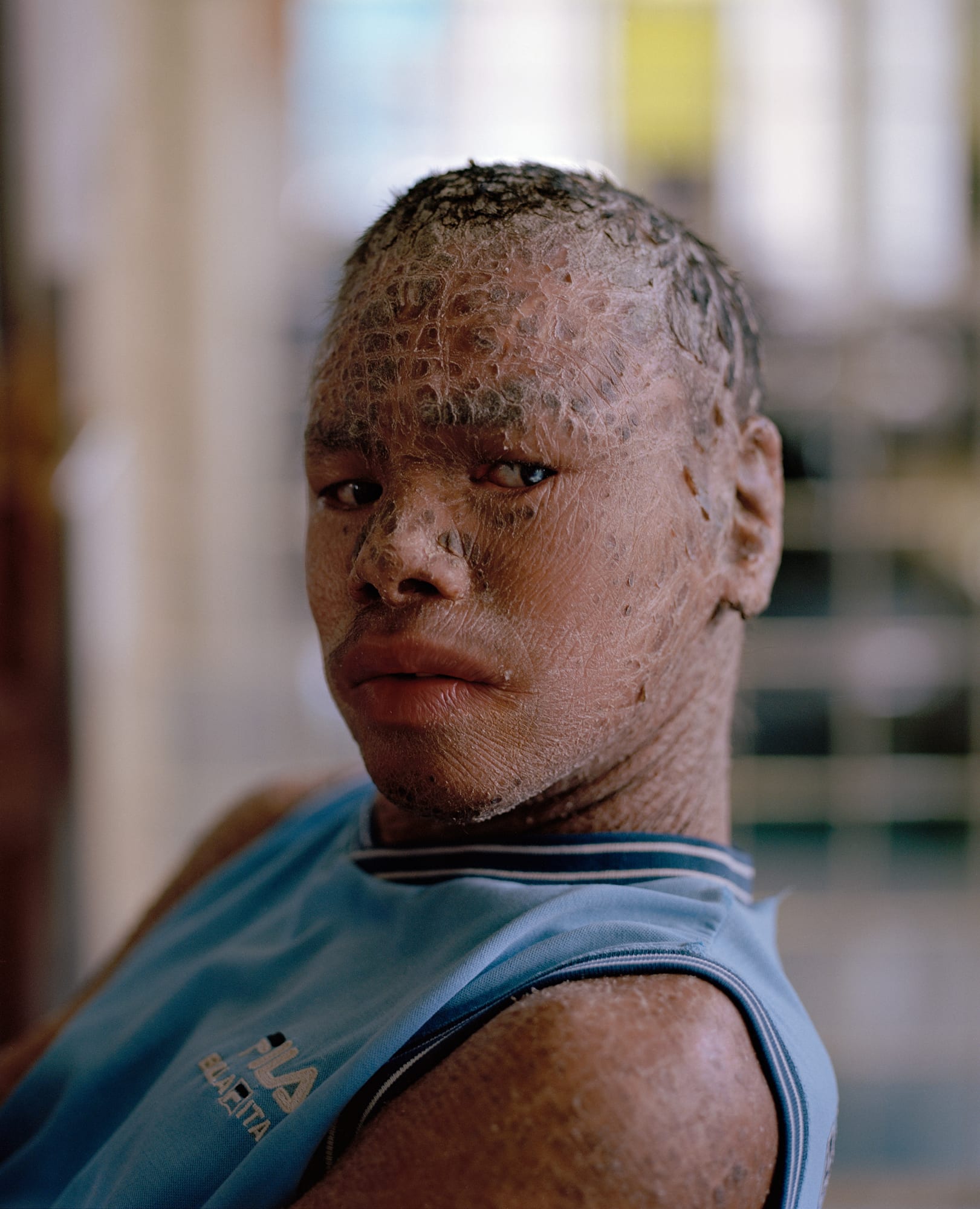



Agent Orange The Legacy Of The Vietnam War 1854 Photography




The Victims Of Agent Orange The U S Has Never Acknowledged The New York Times
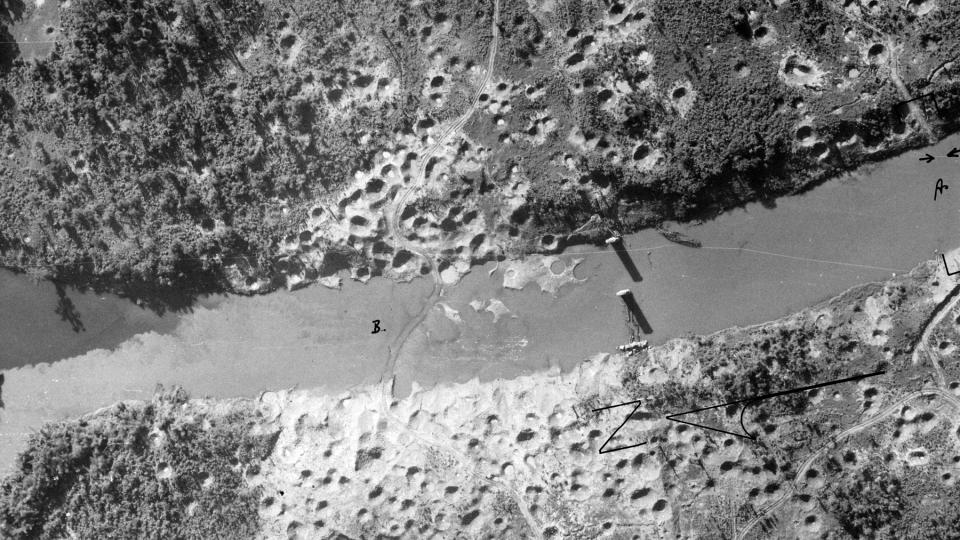



The Origins Of Ecocide Revisiting The Ho Chi Minh Trail In The Vietnam War Environment Society Portal



Birth
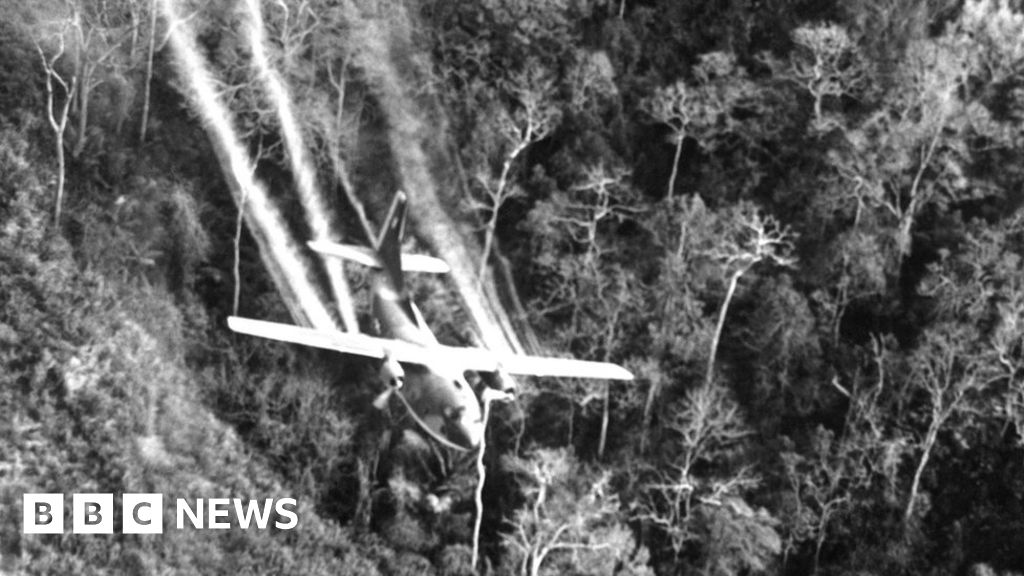



Vietnam War French Court To Hear Landmark Agent Orange Case c News
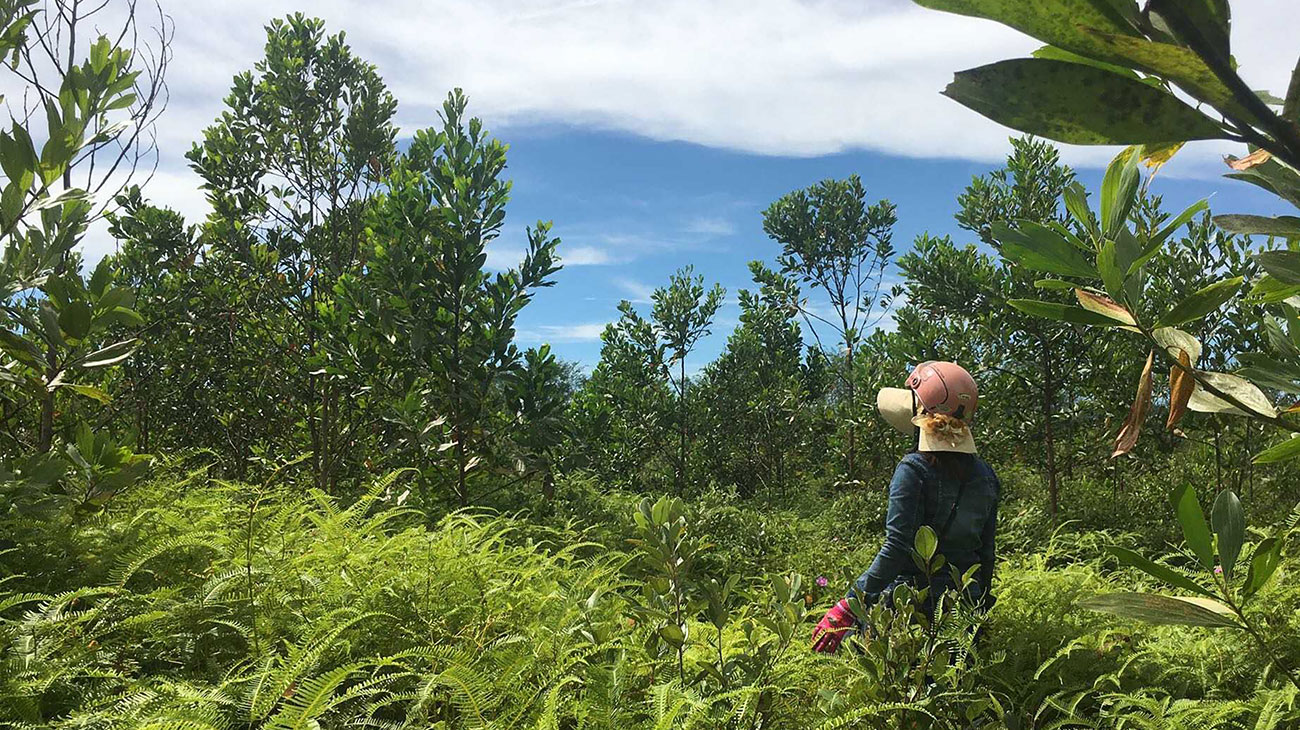



Agent Orange In A Luoi Valley The Architectural League Of New York
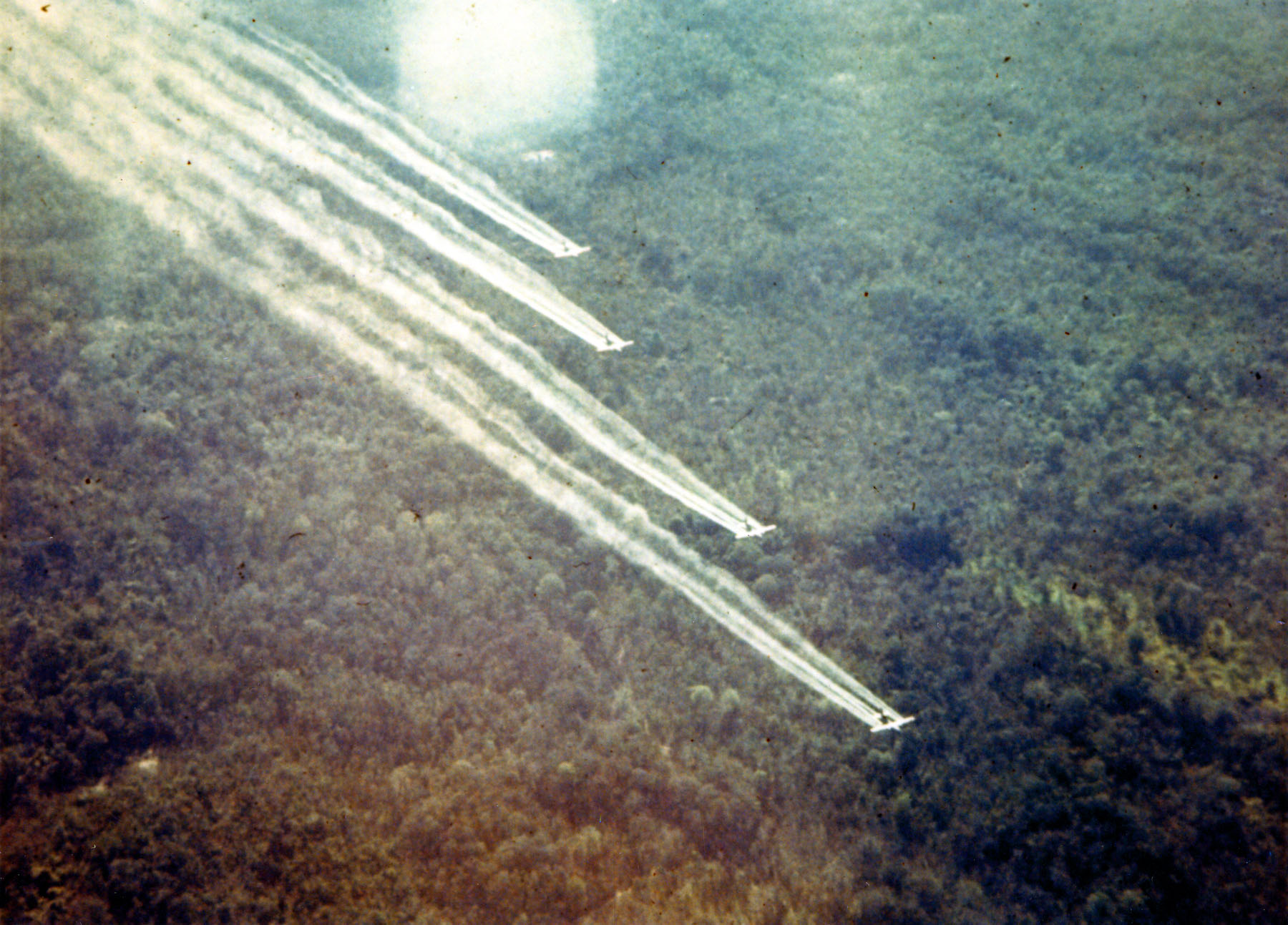



The Origins Of Ecocide Revisiting The Ho Chi Minh Trail In The Vietnam War Environment Society Portal




Deadly Dioxin An Agent Orange By Product Continues To Contaminate Vietnam Beyond Pesticides Daily News Blog
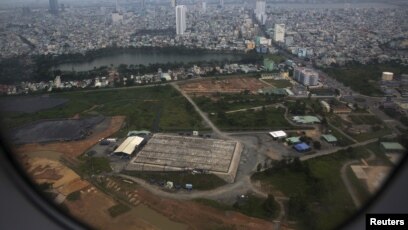



Vietnam S Latest Demand For Agent Orange Compensation Described As Last Resort




Agent Orange Was Sprayed In 1970 Over The Cu Chi Tunnels Area To Help Download Scientific Diagram




There Are 10 Agent Orange Hotspot Airbases In Vietnam With Download Scientific Diagram



0 件のコメント:
コメントを投稿